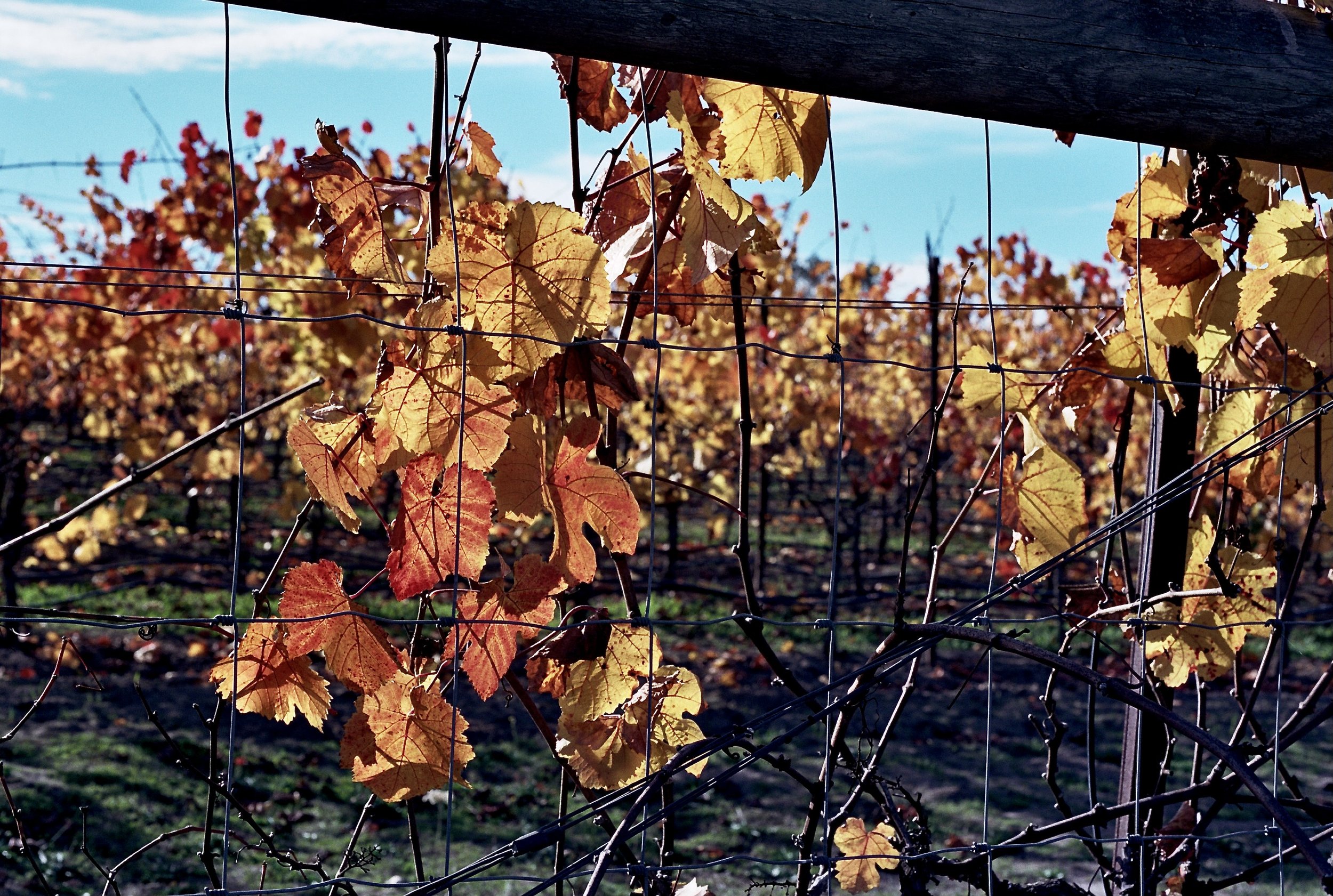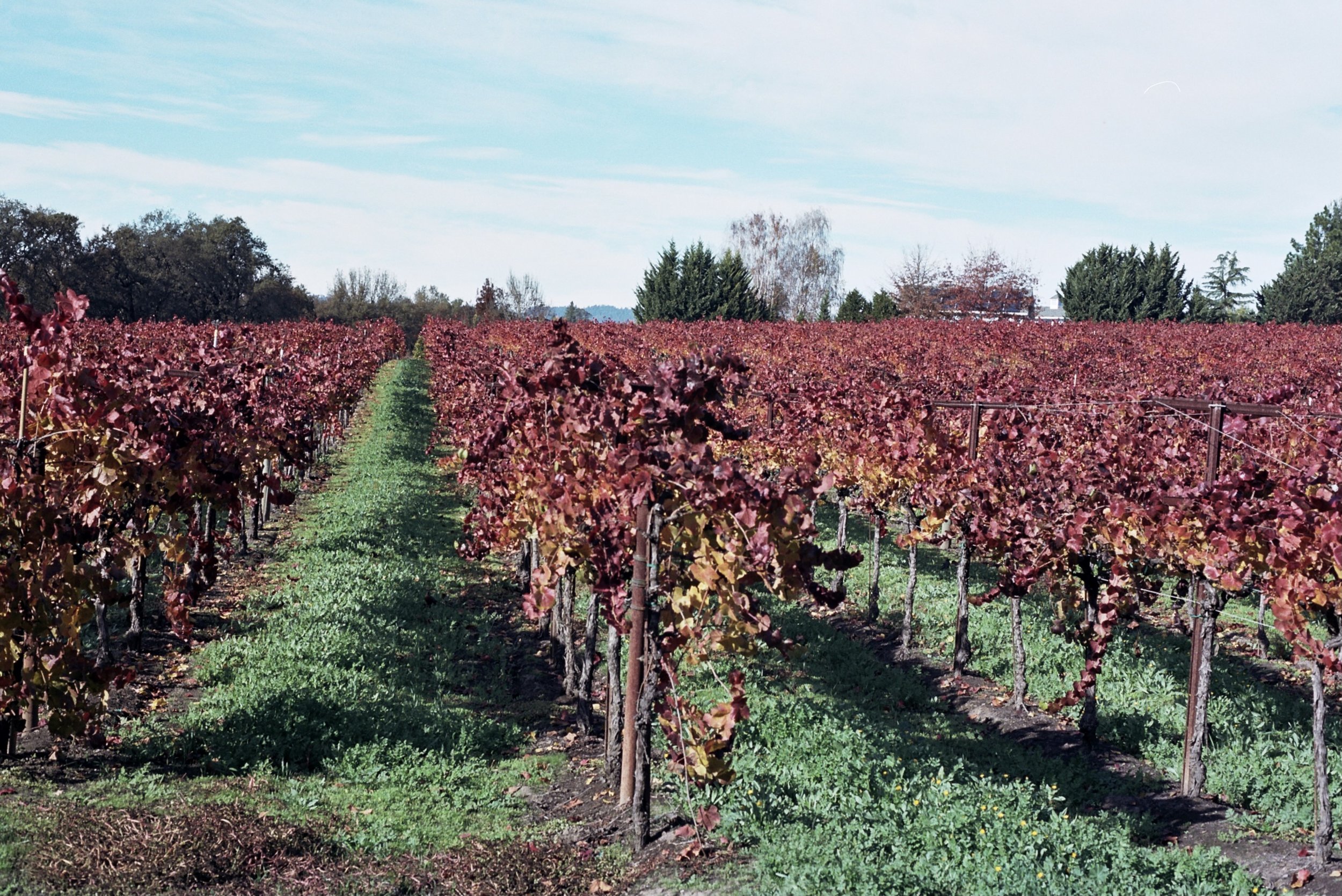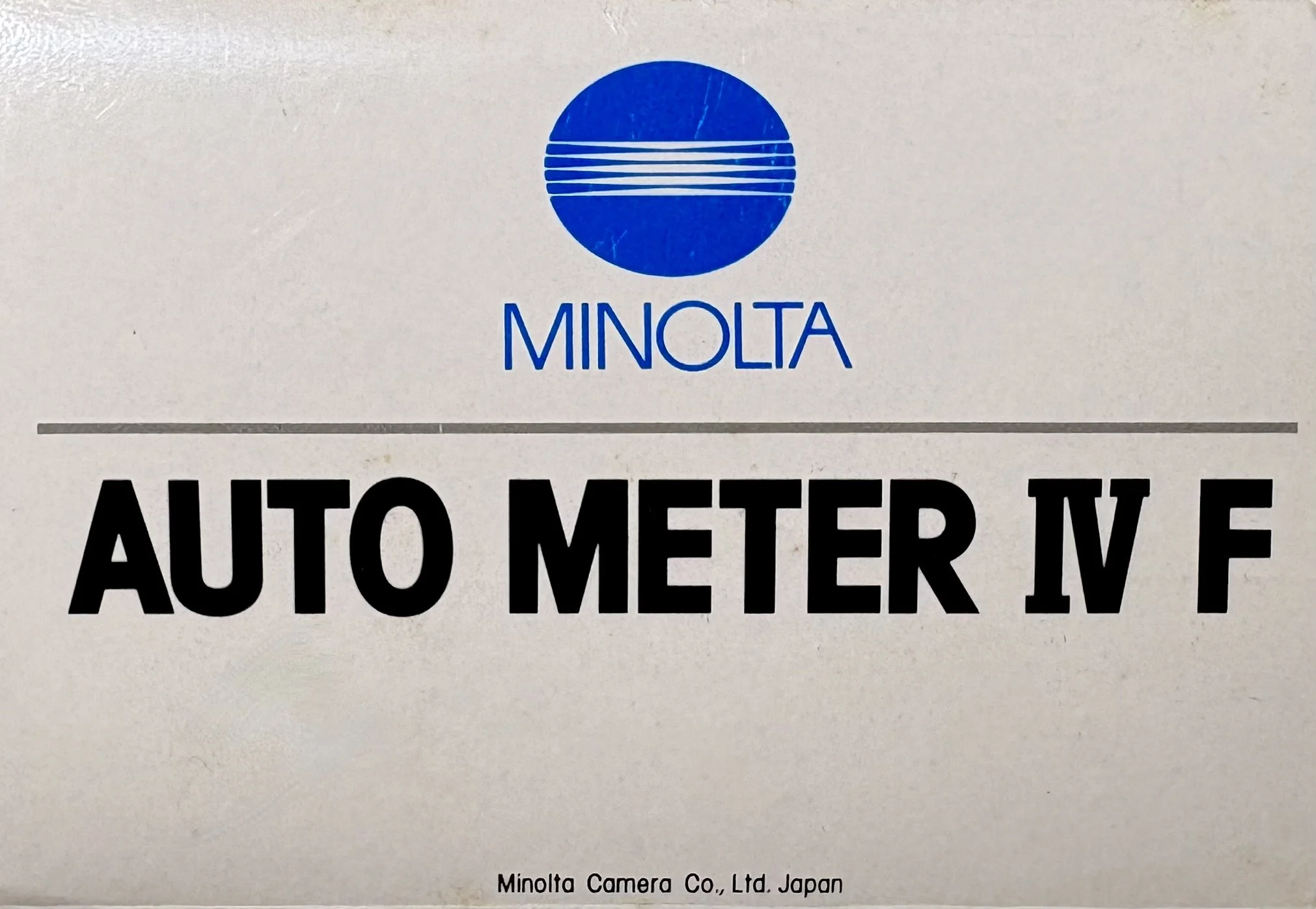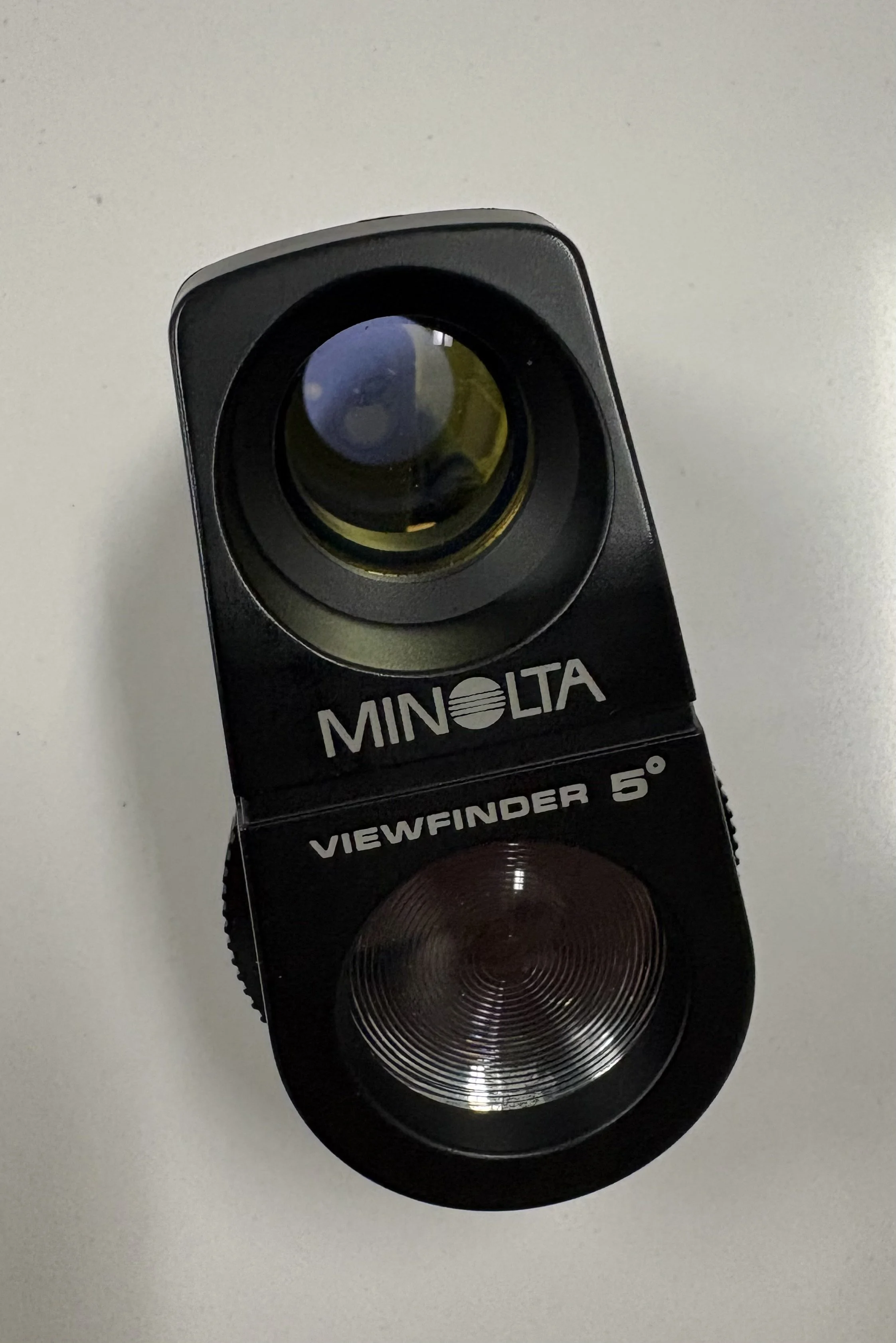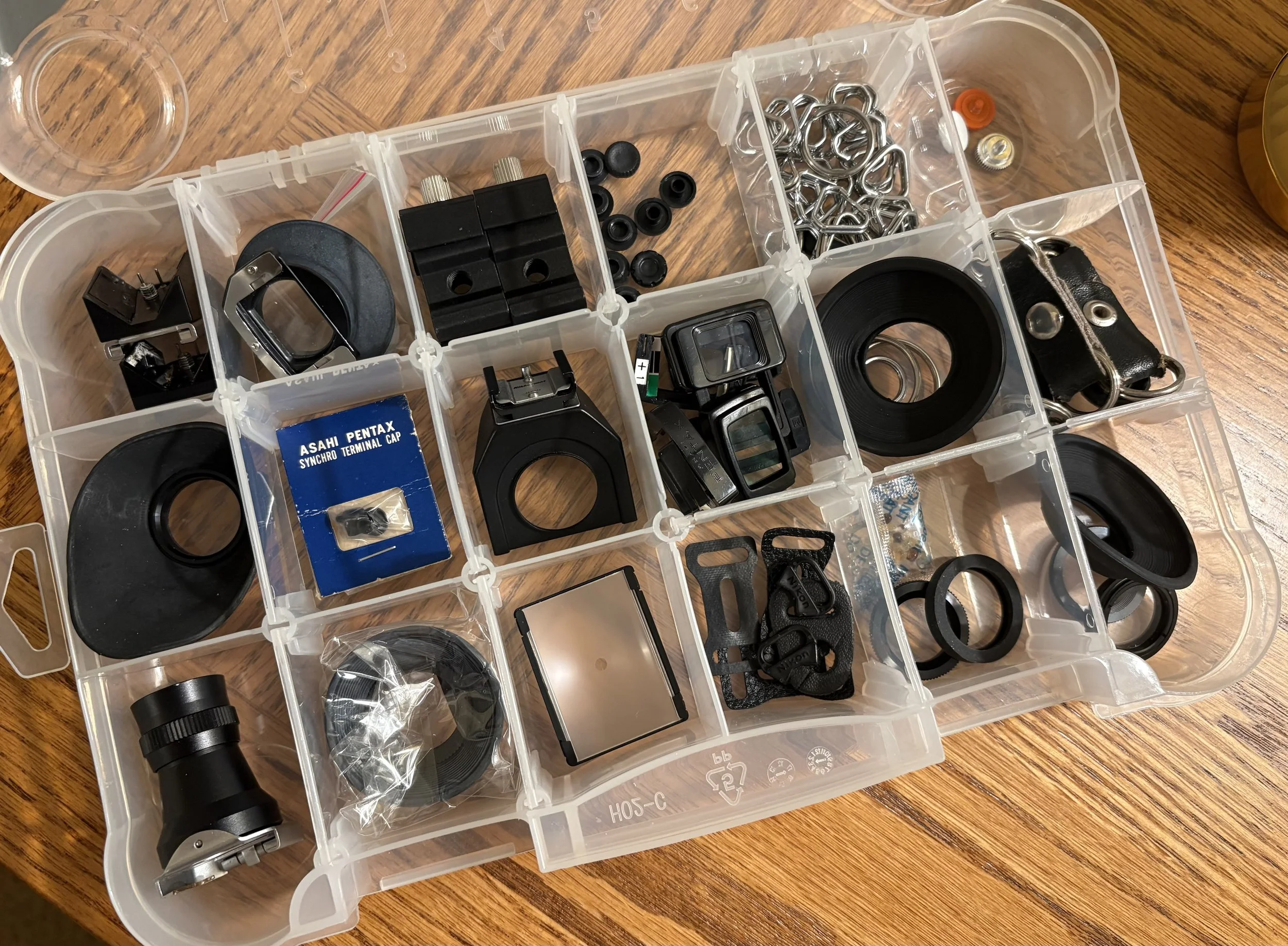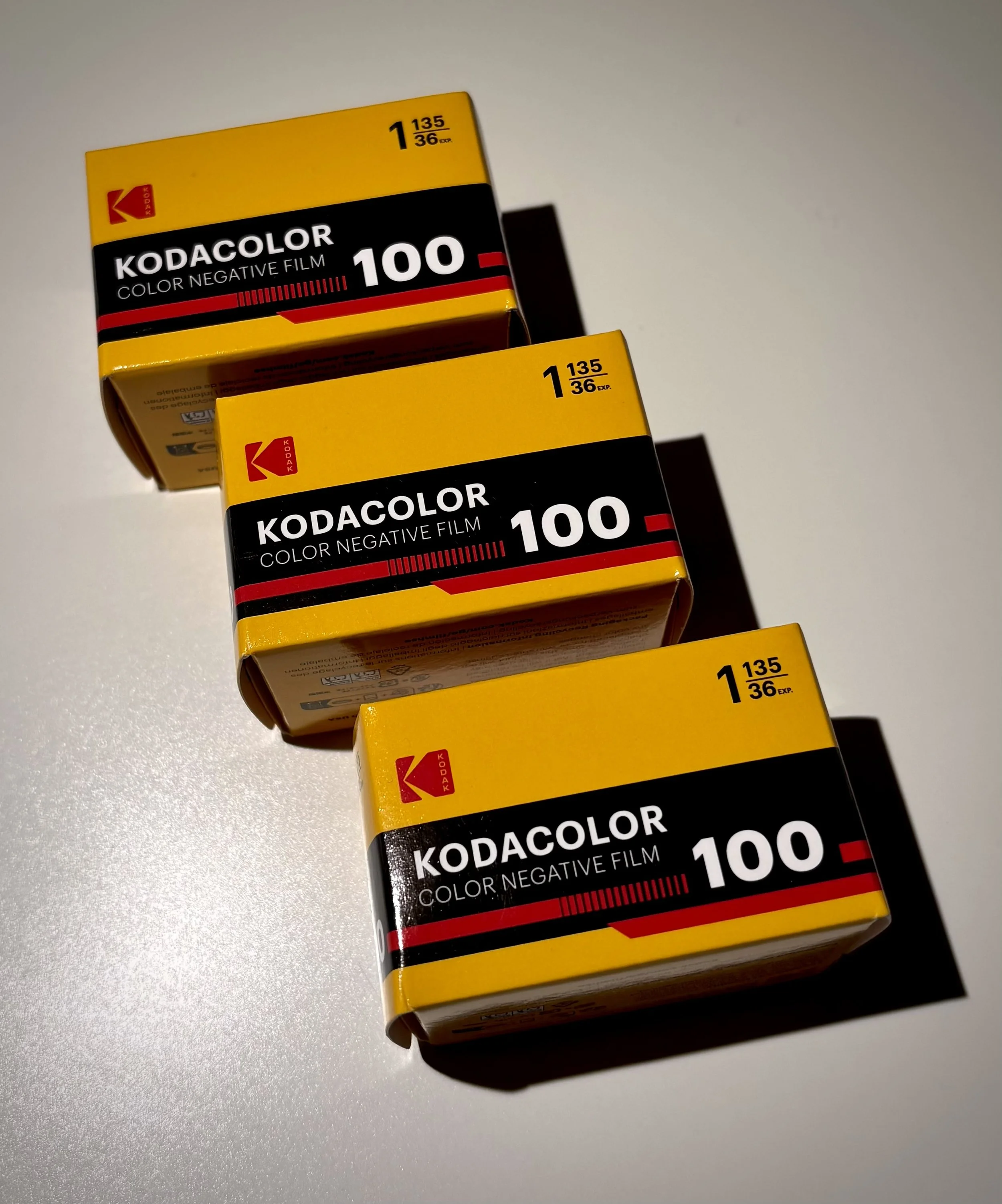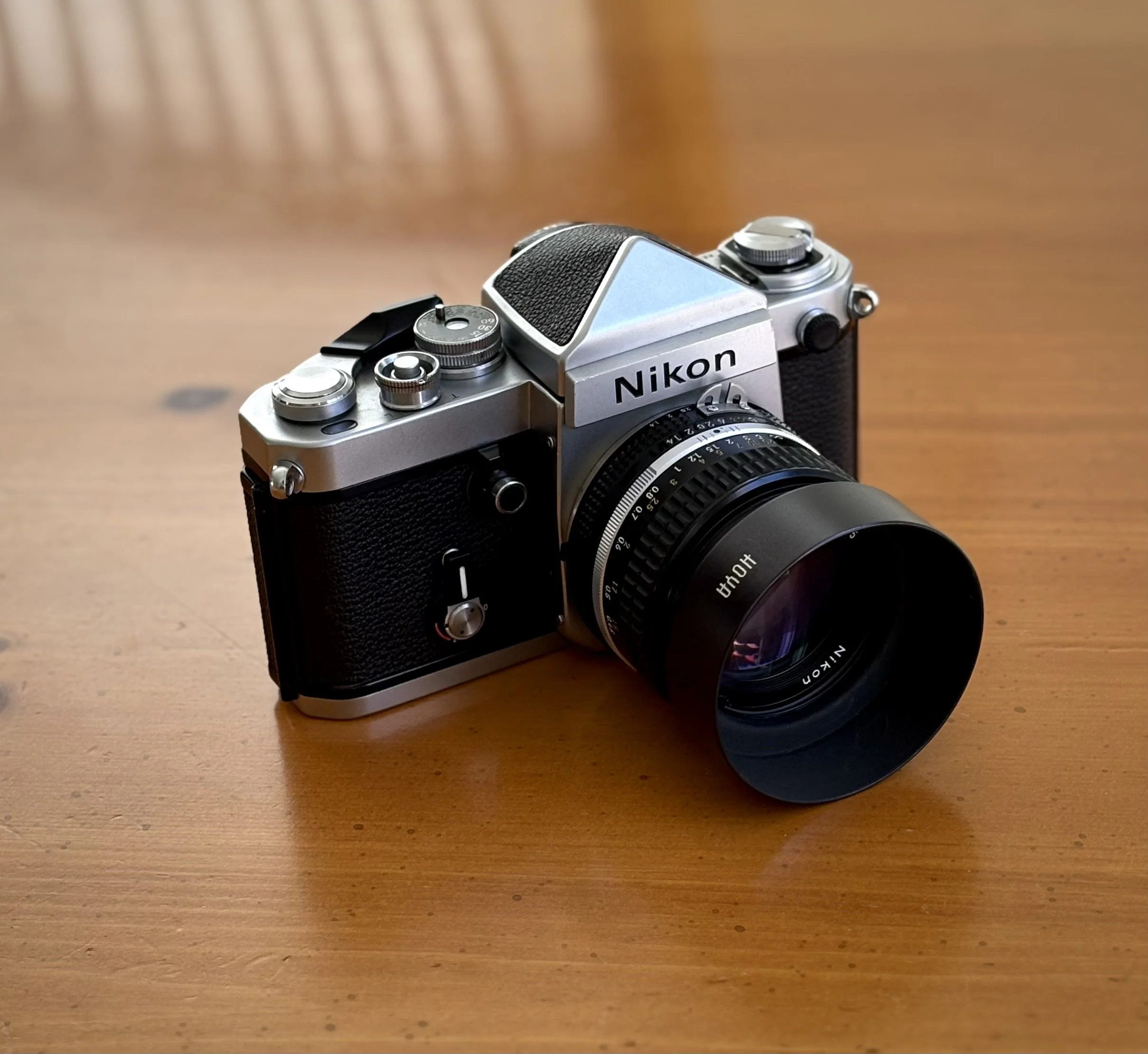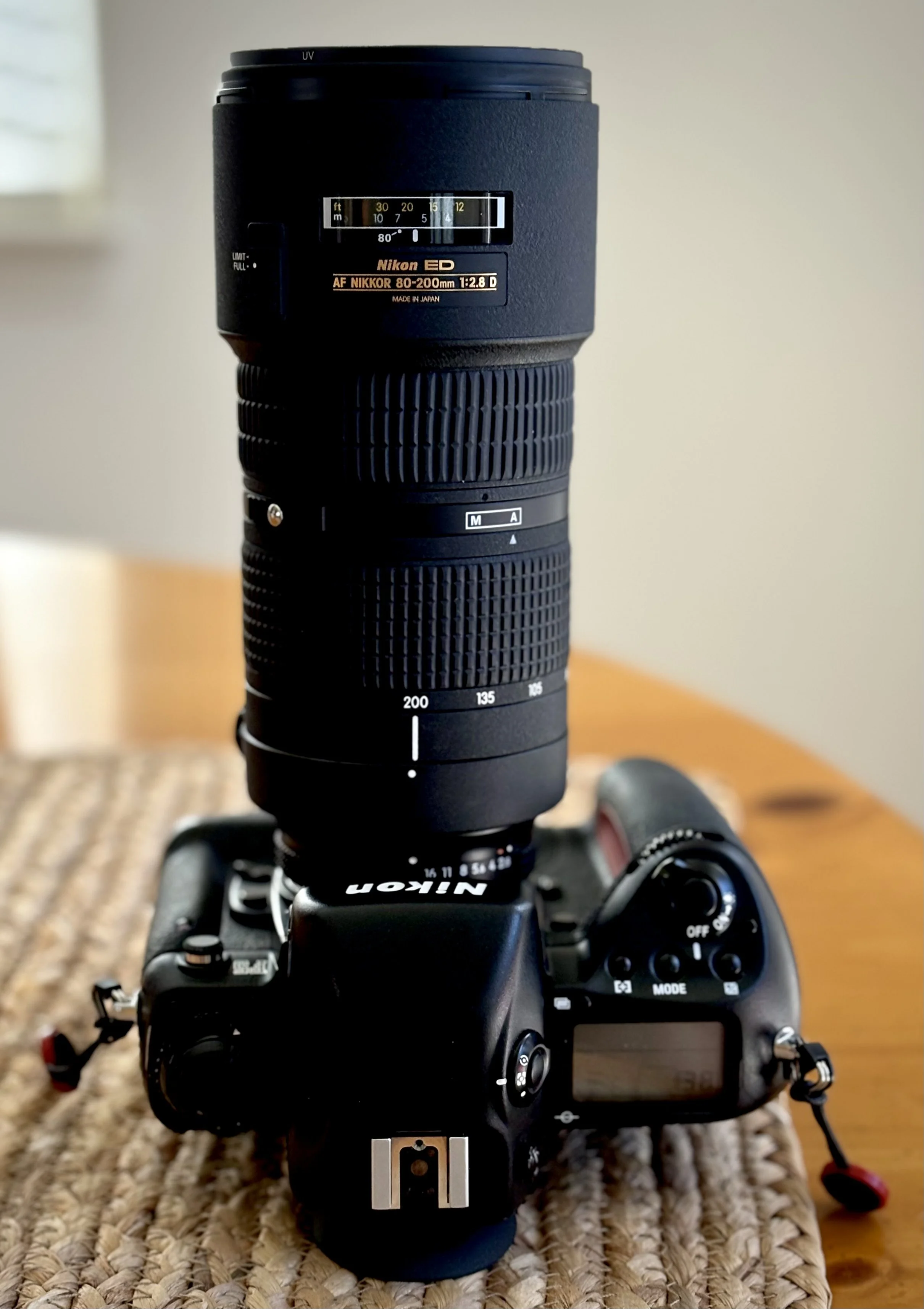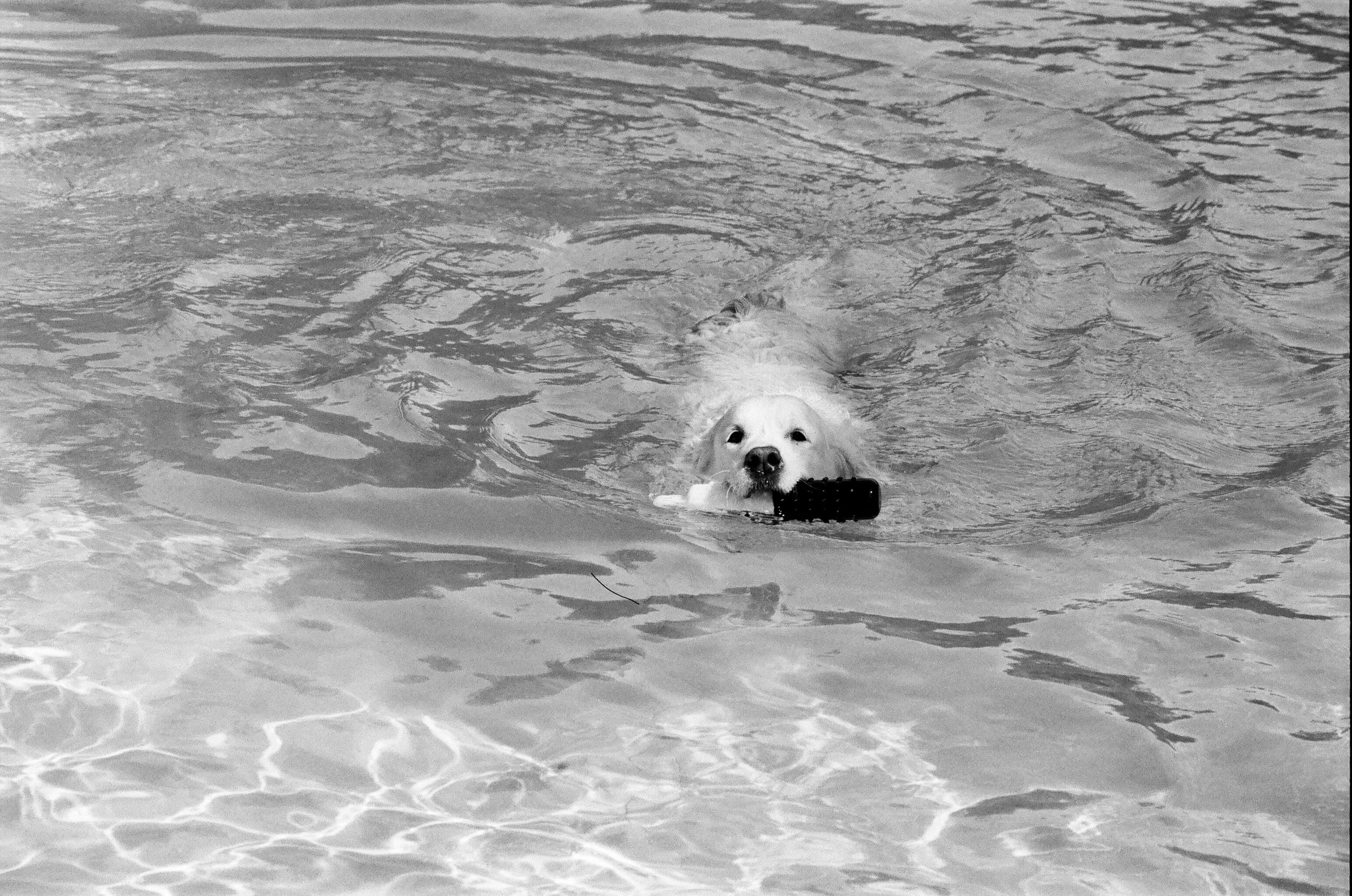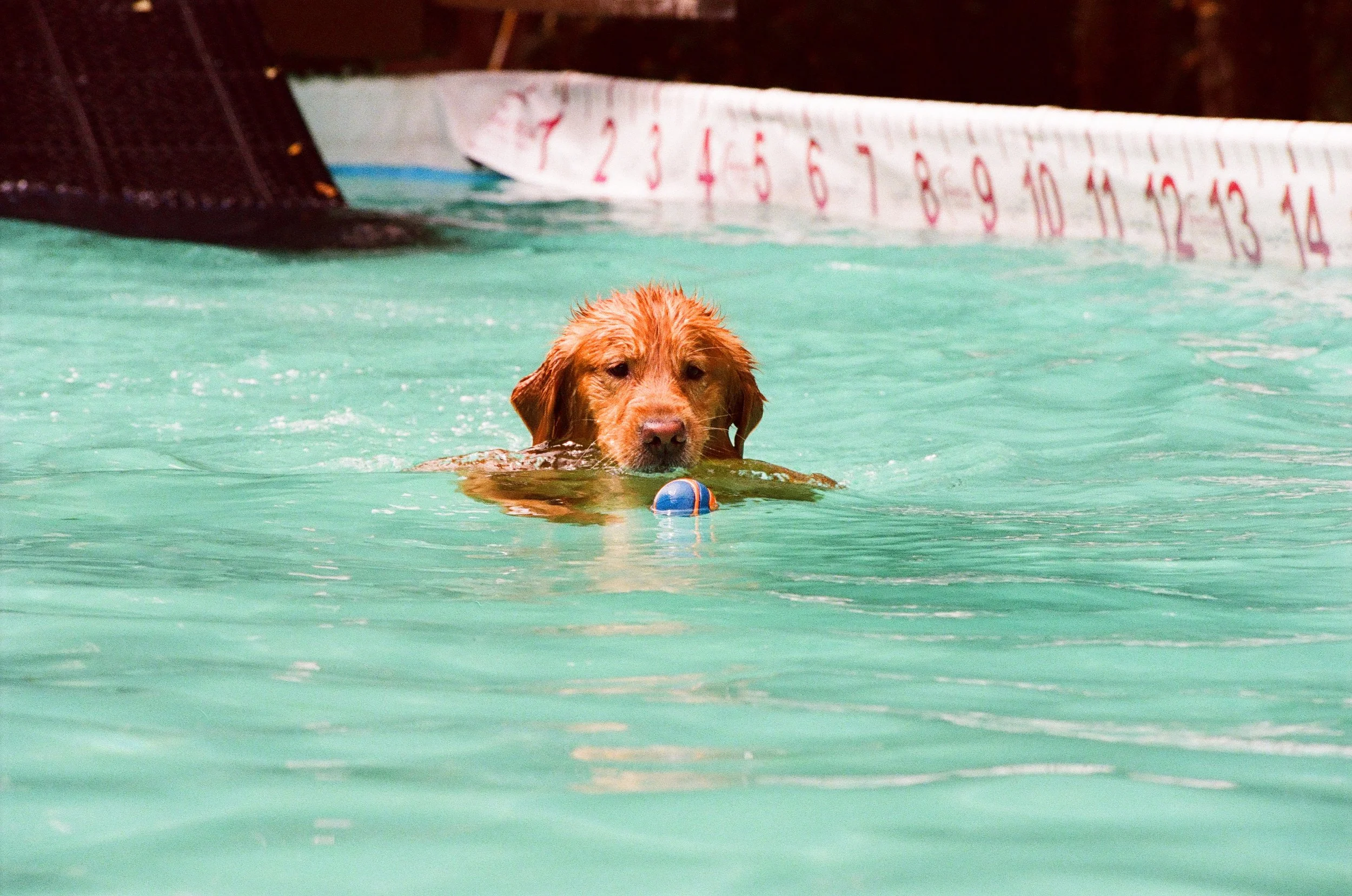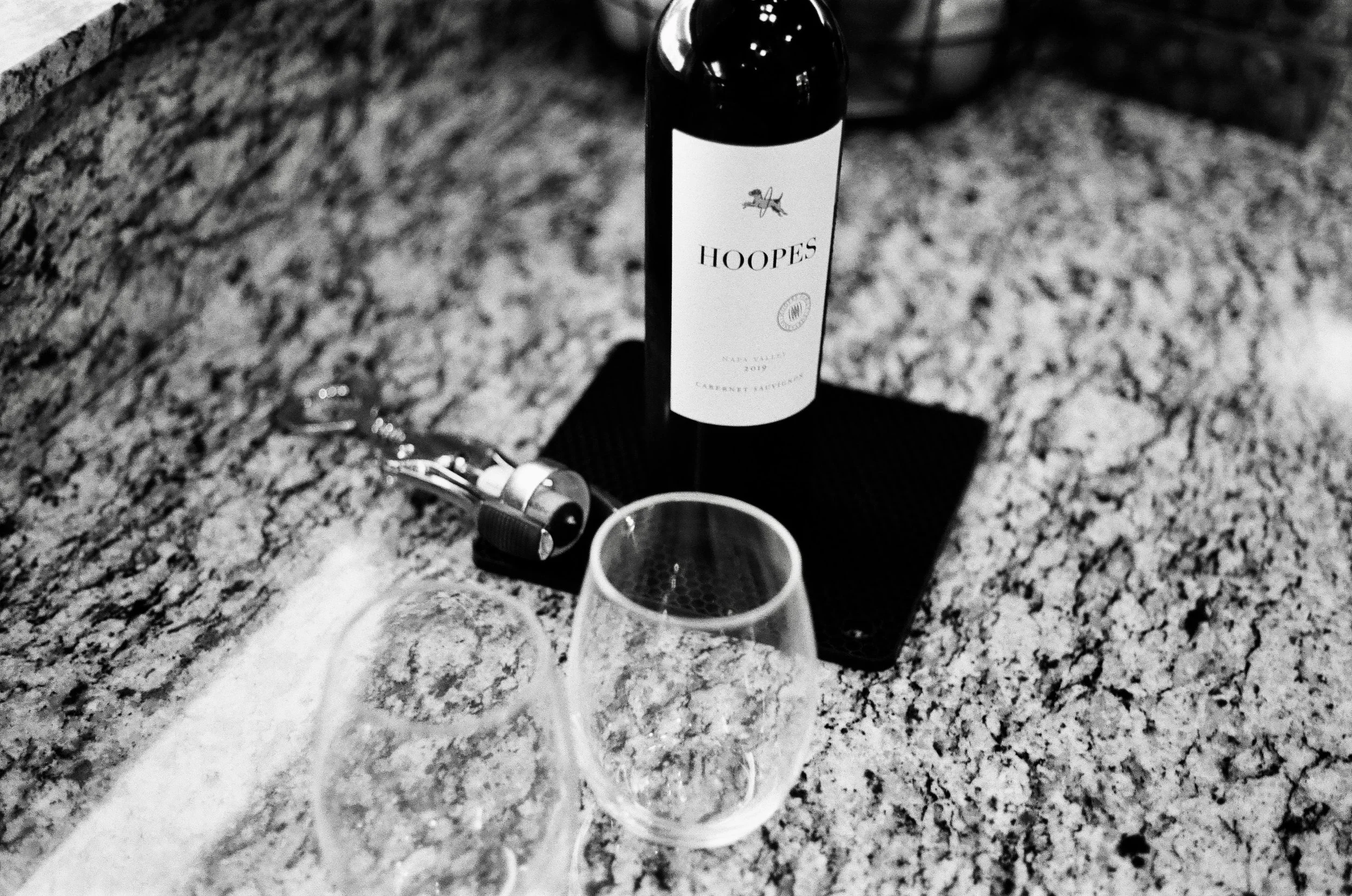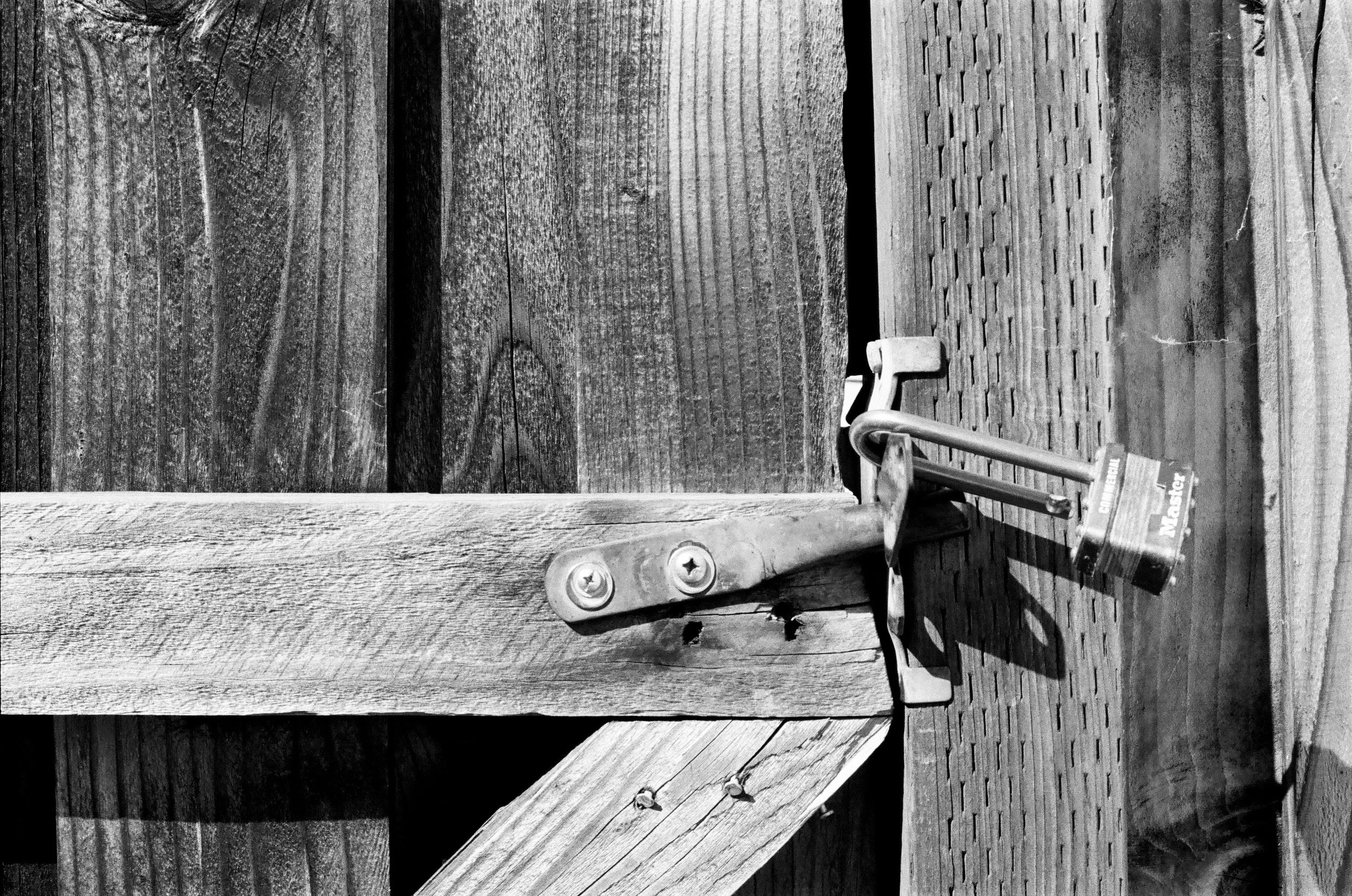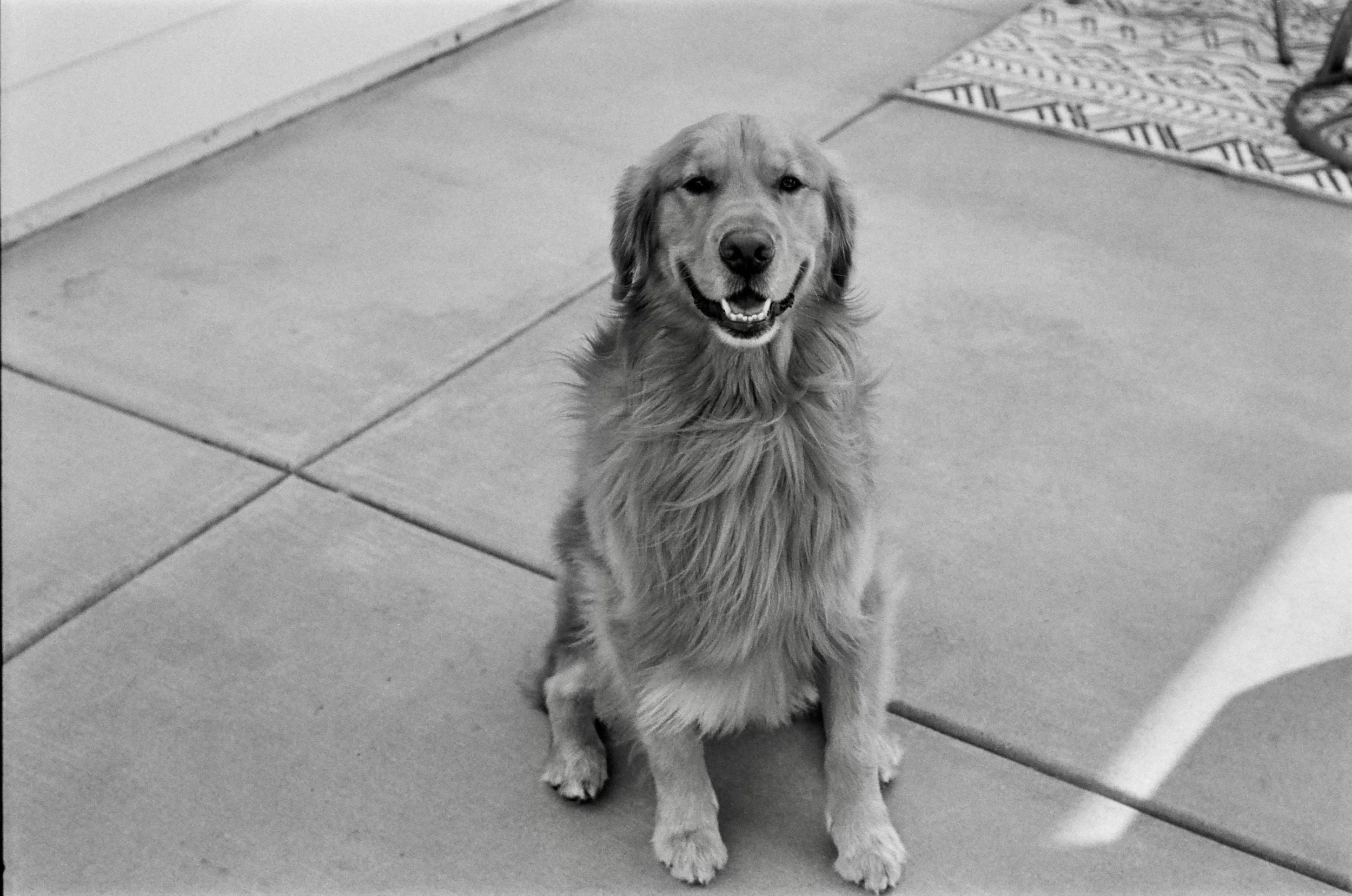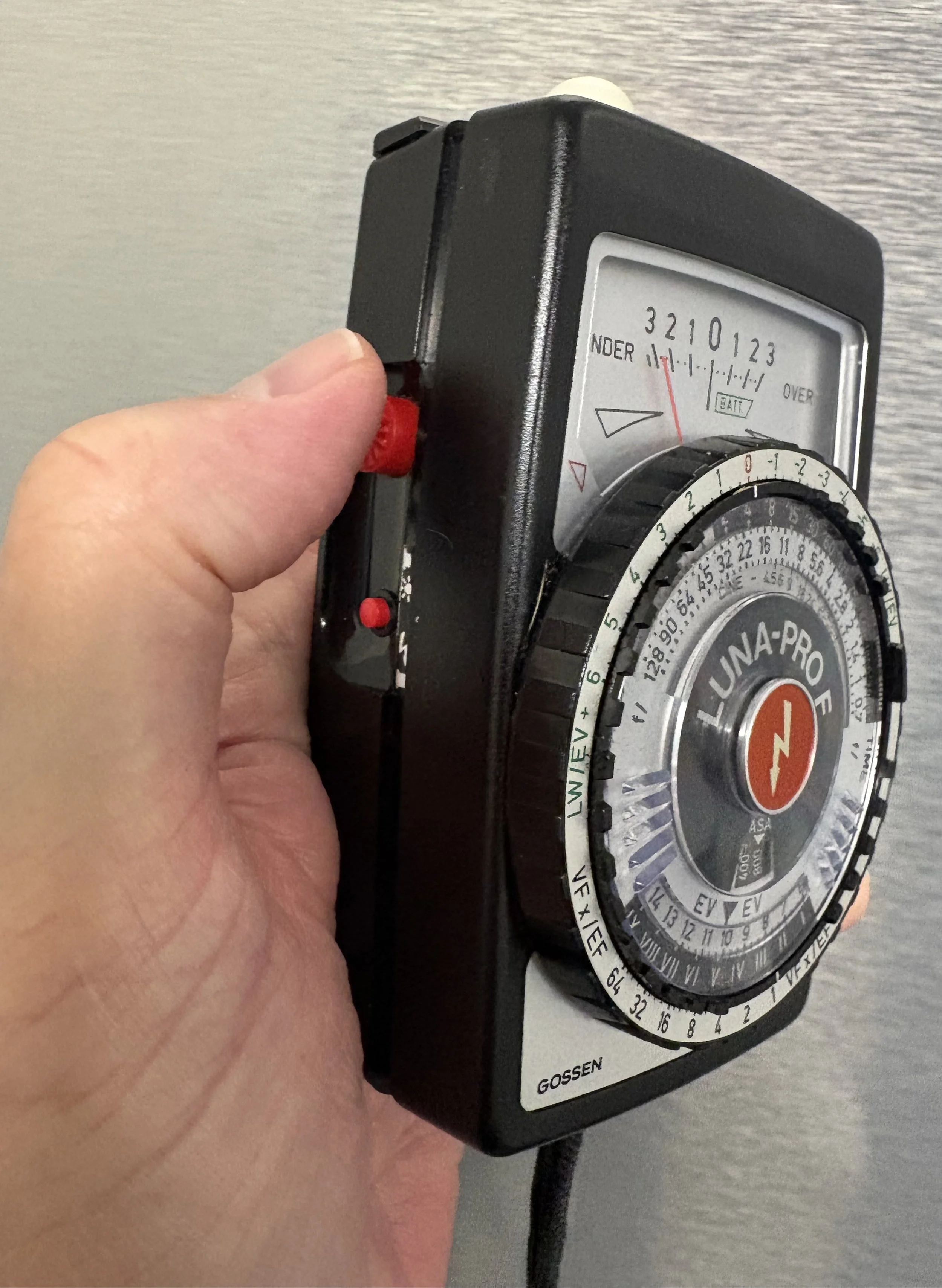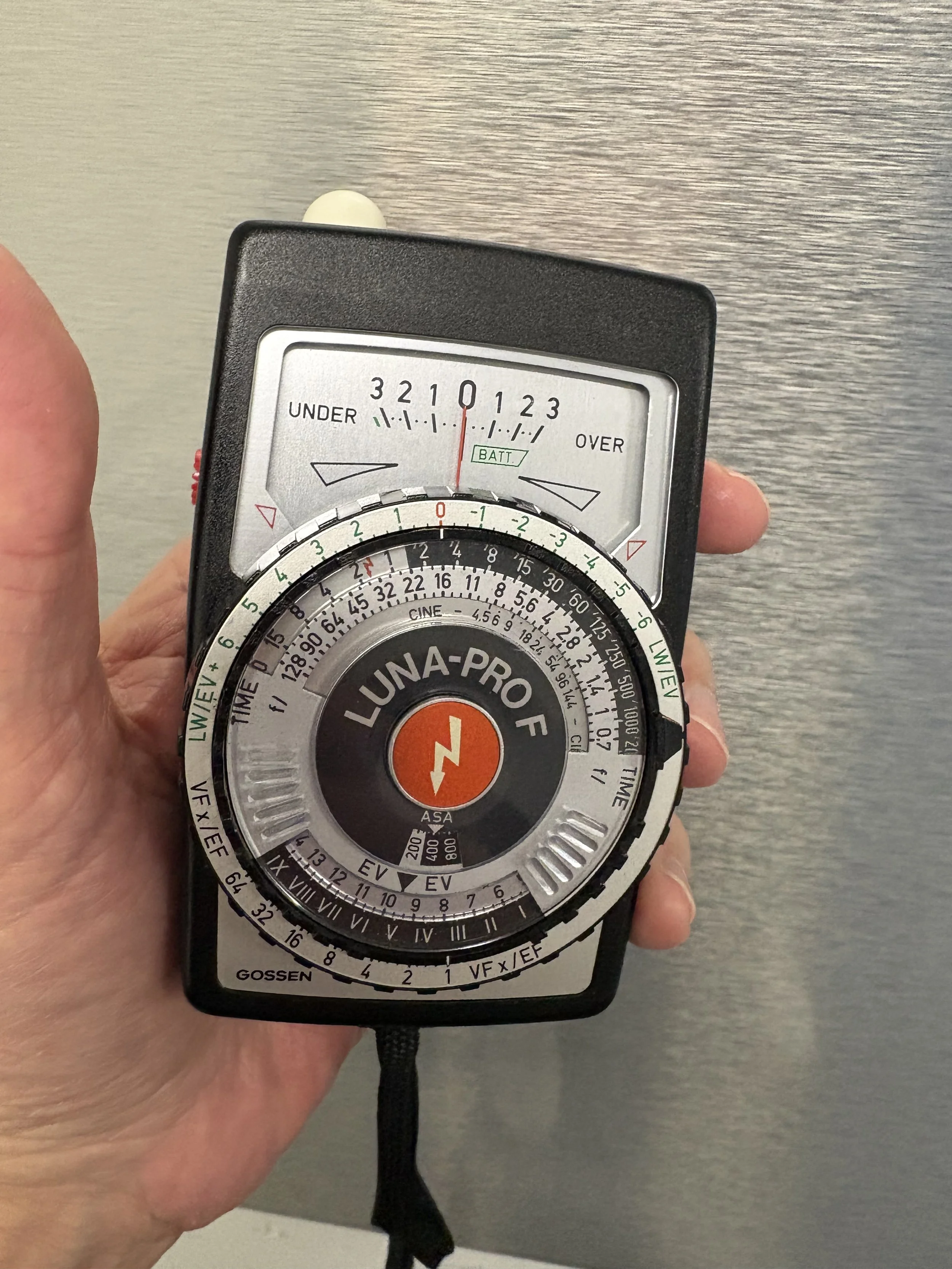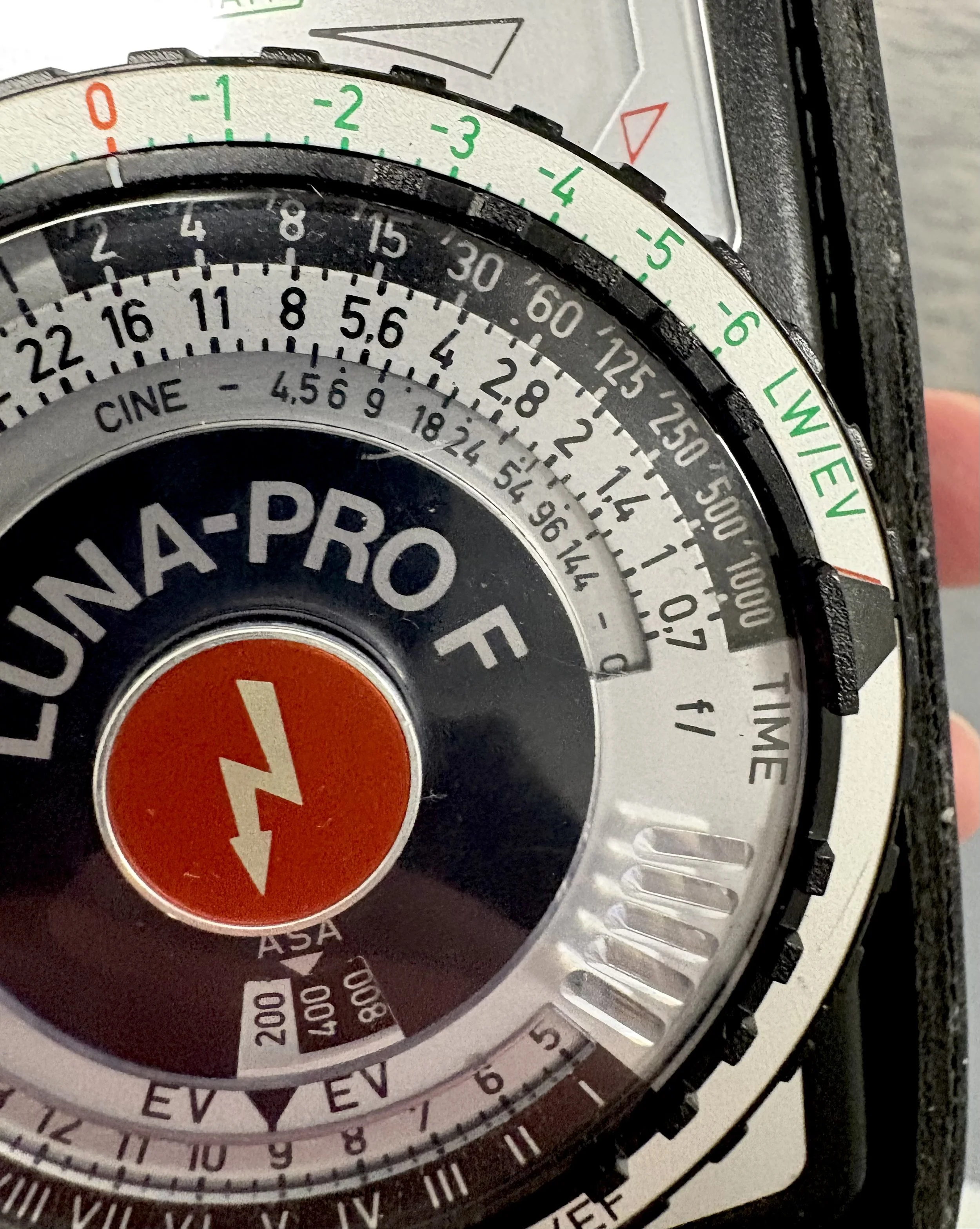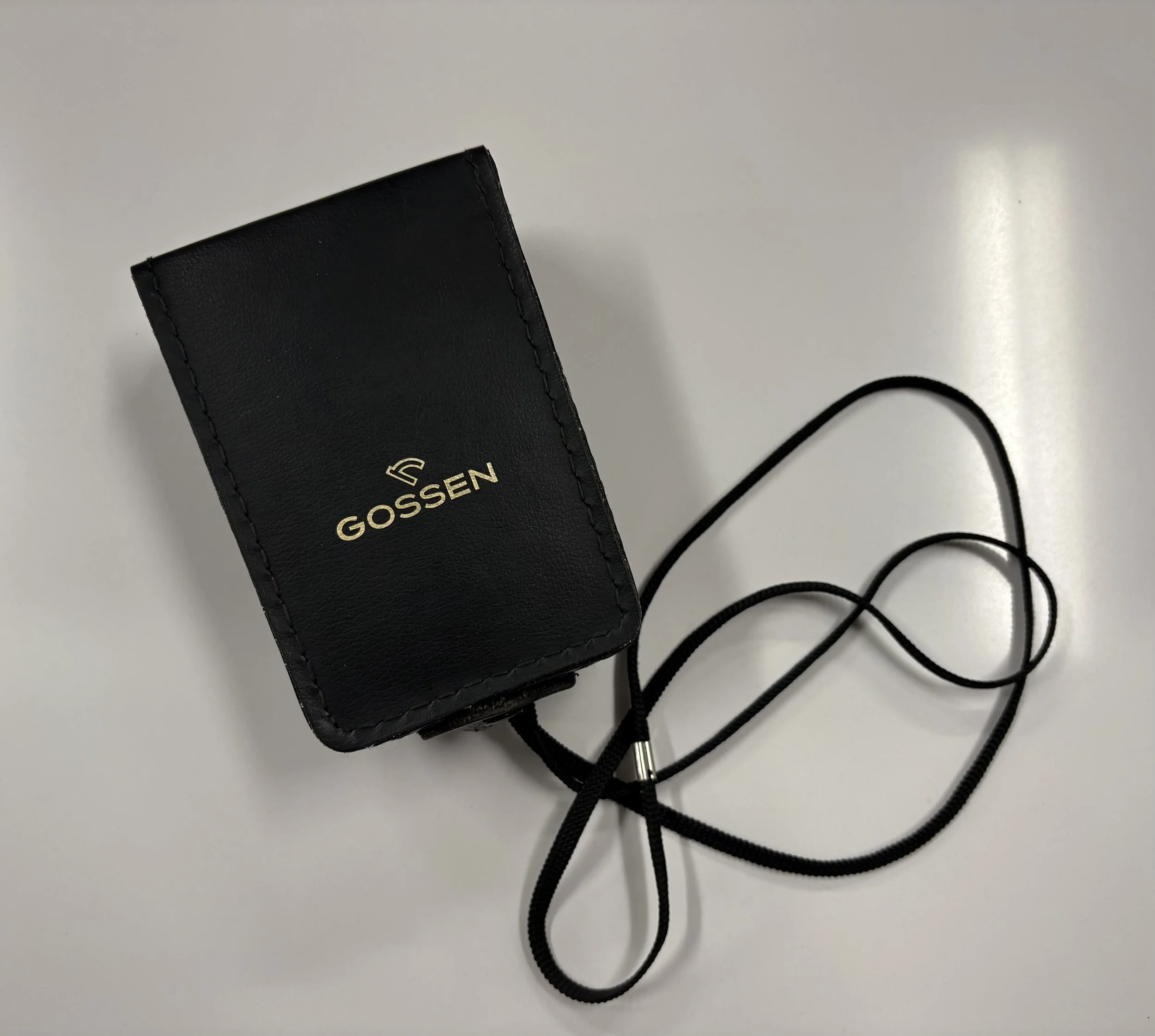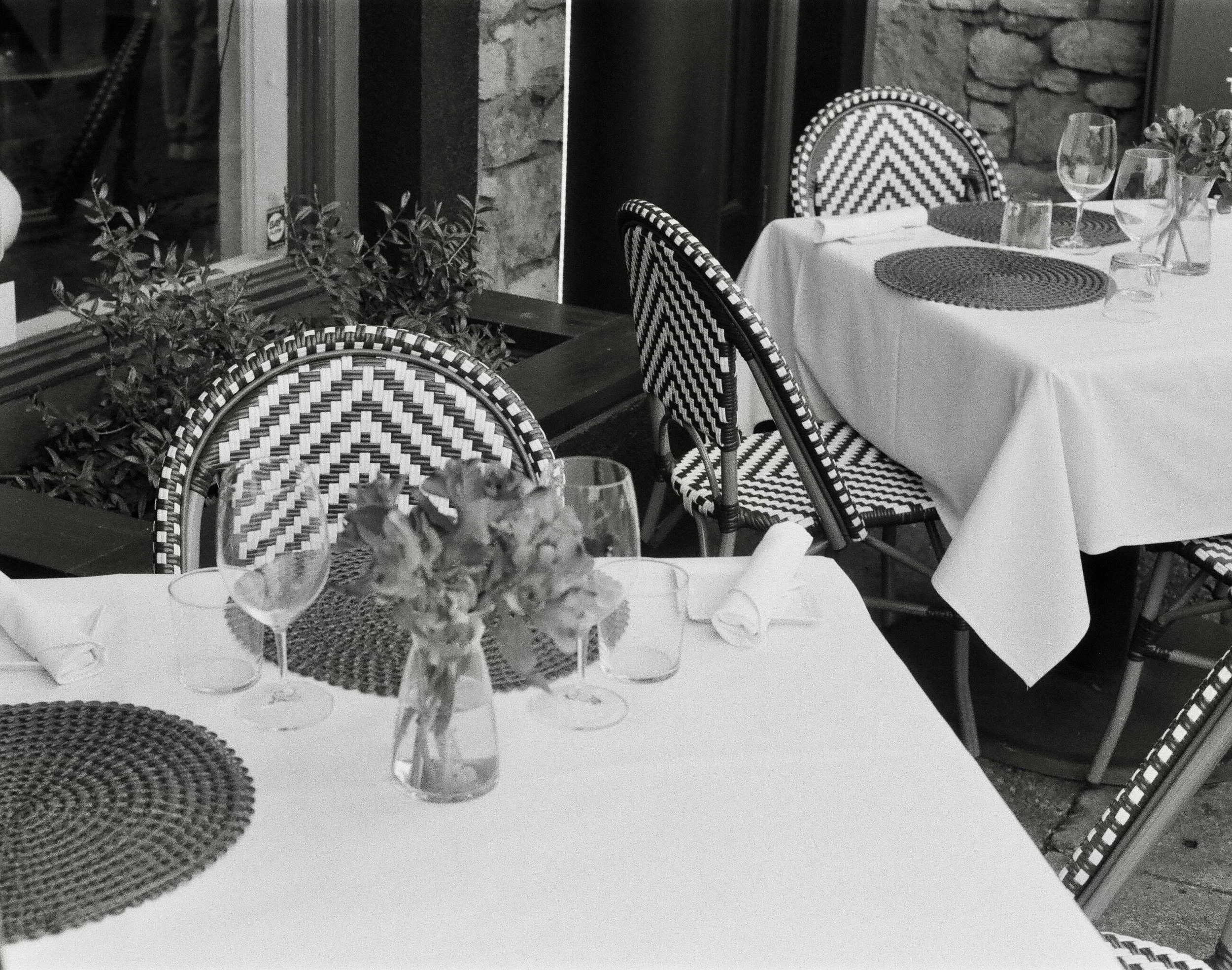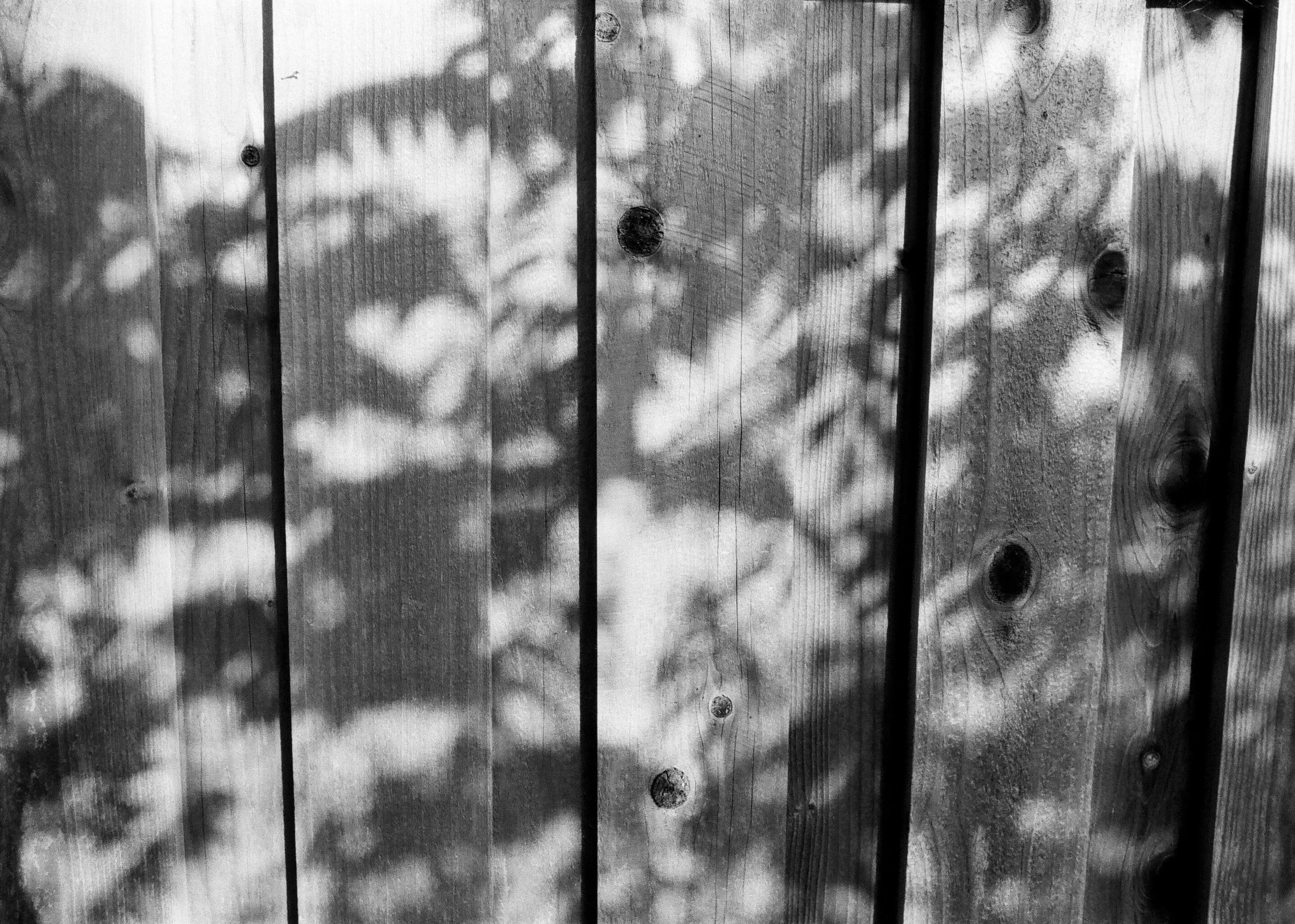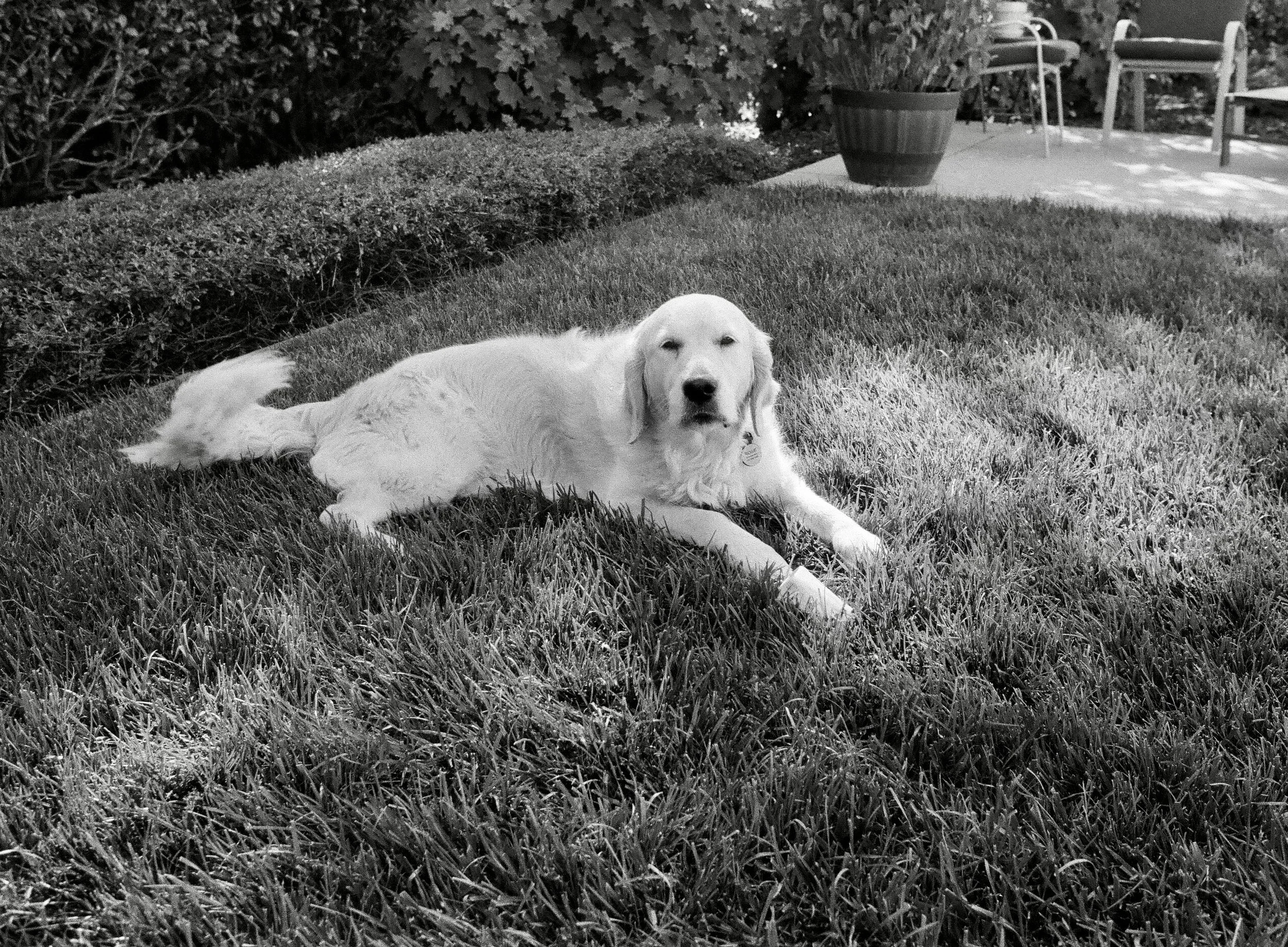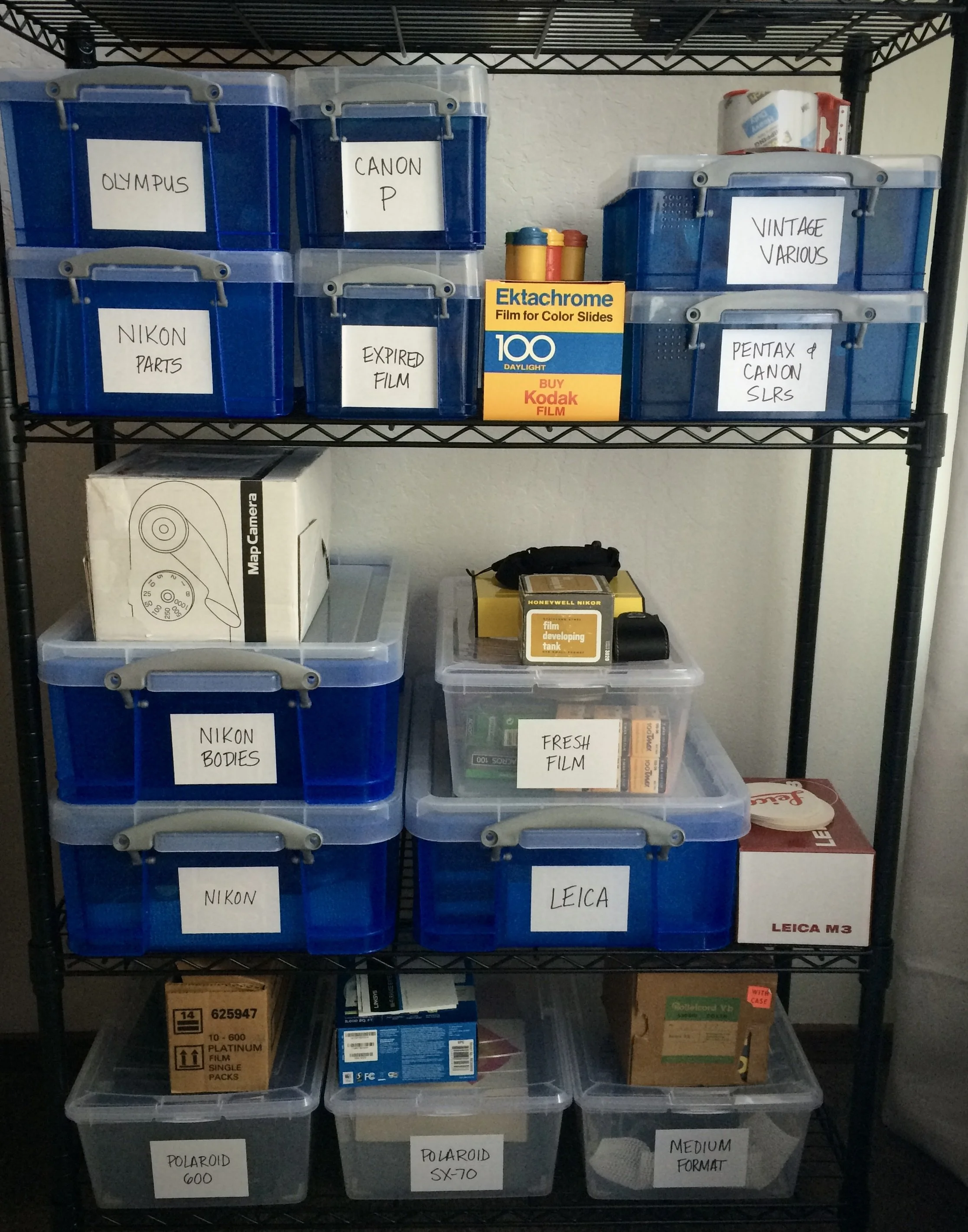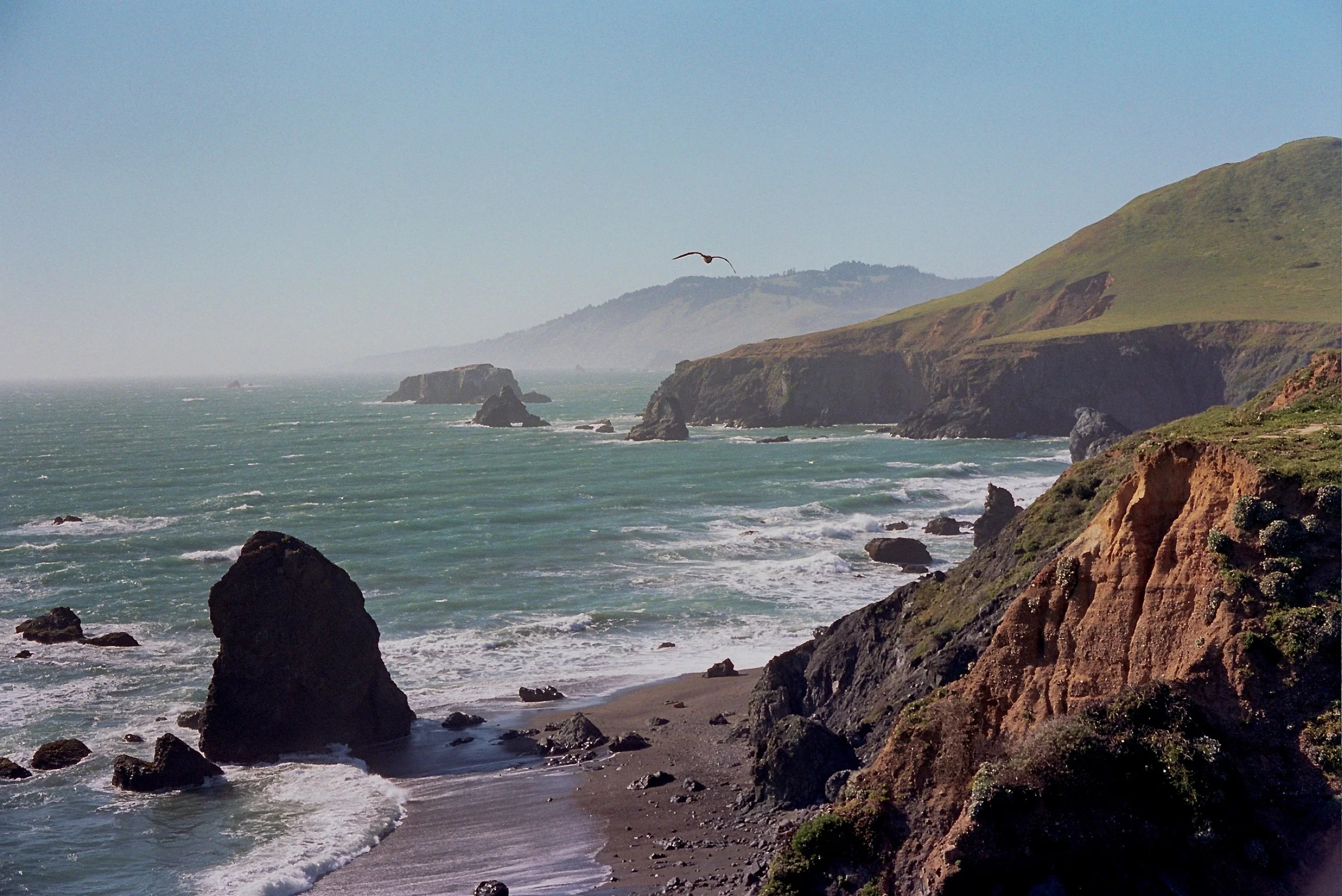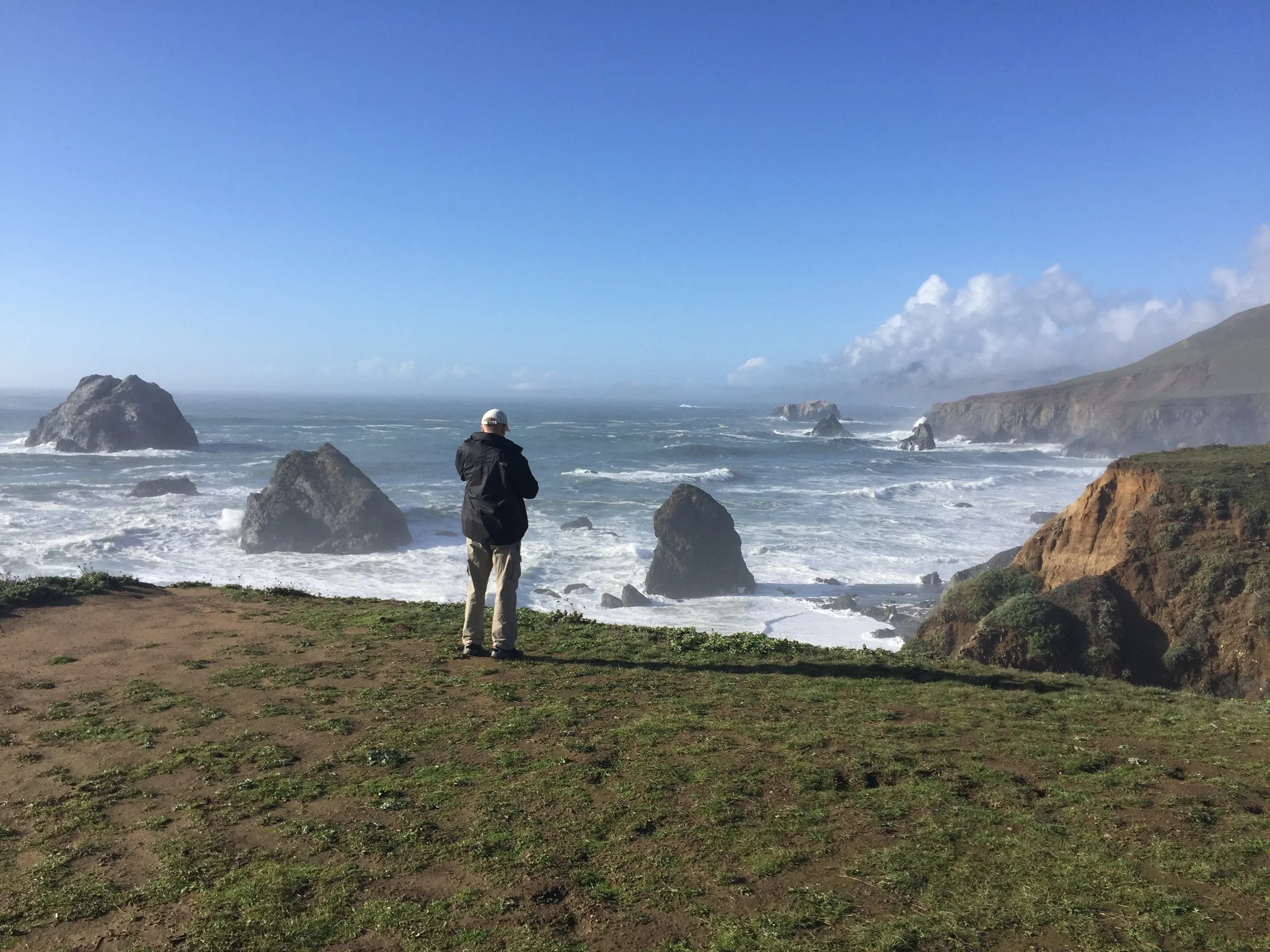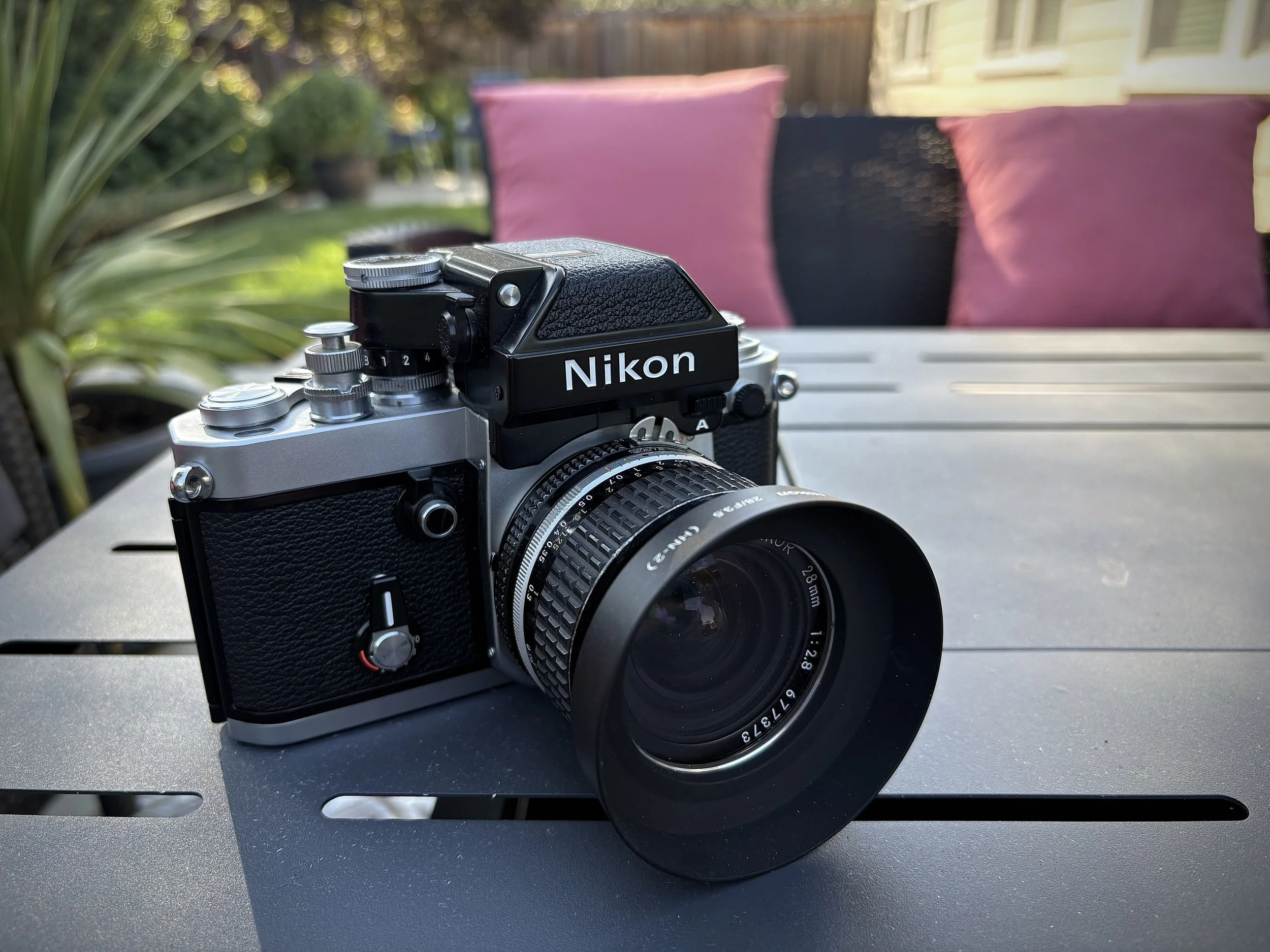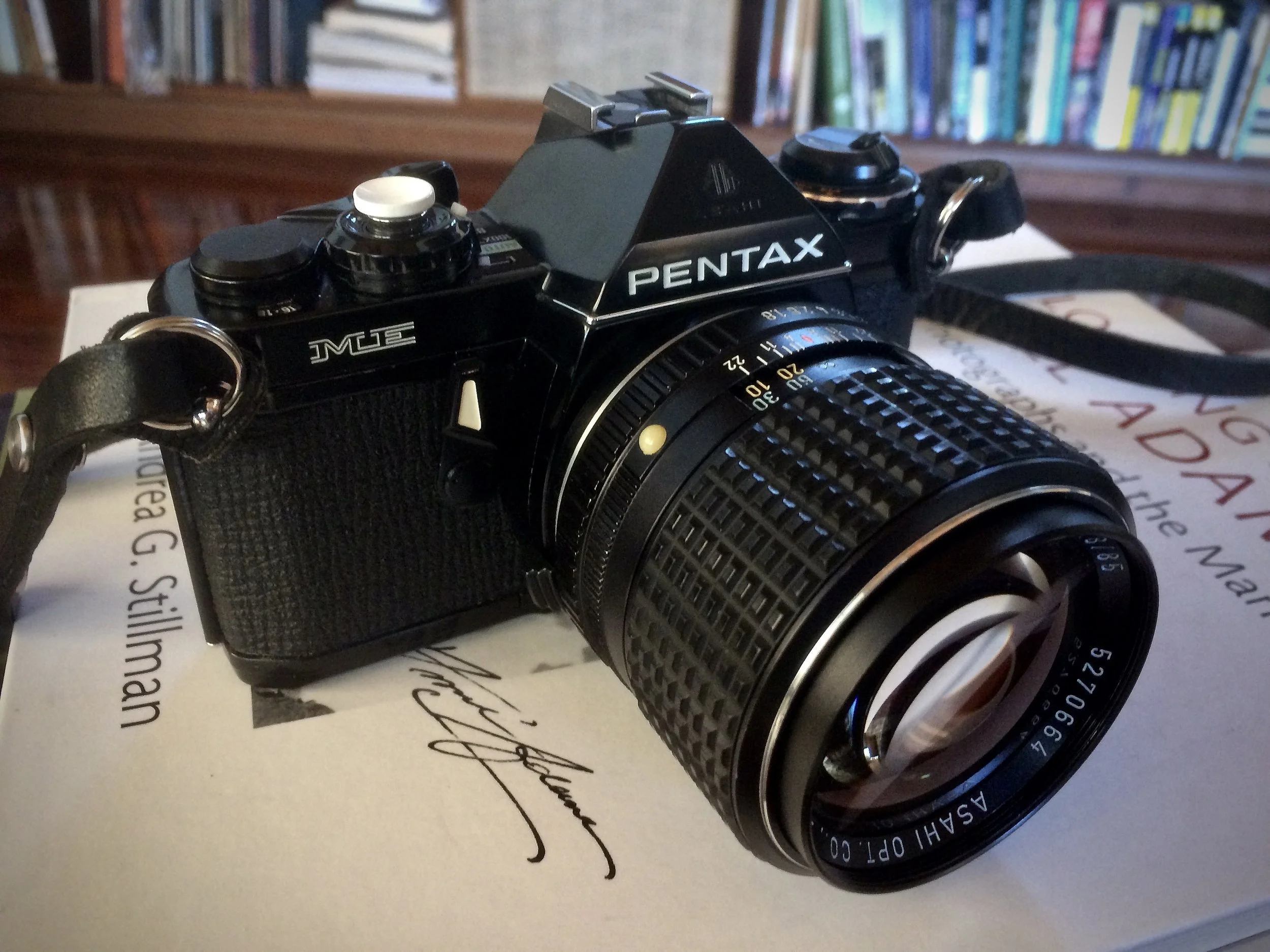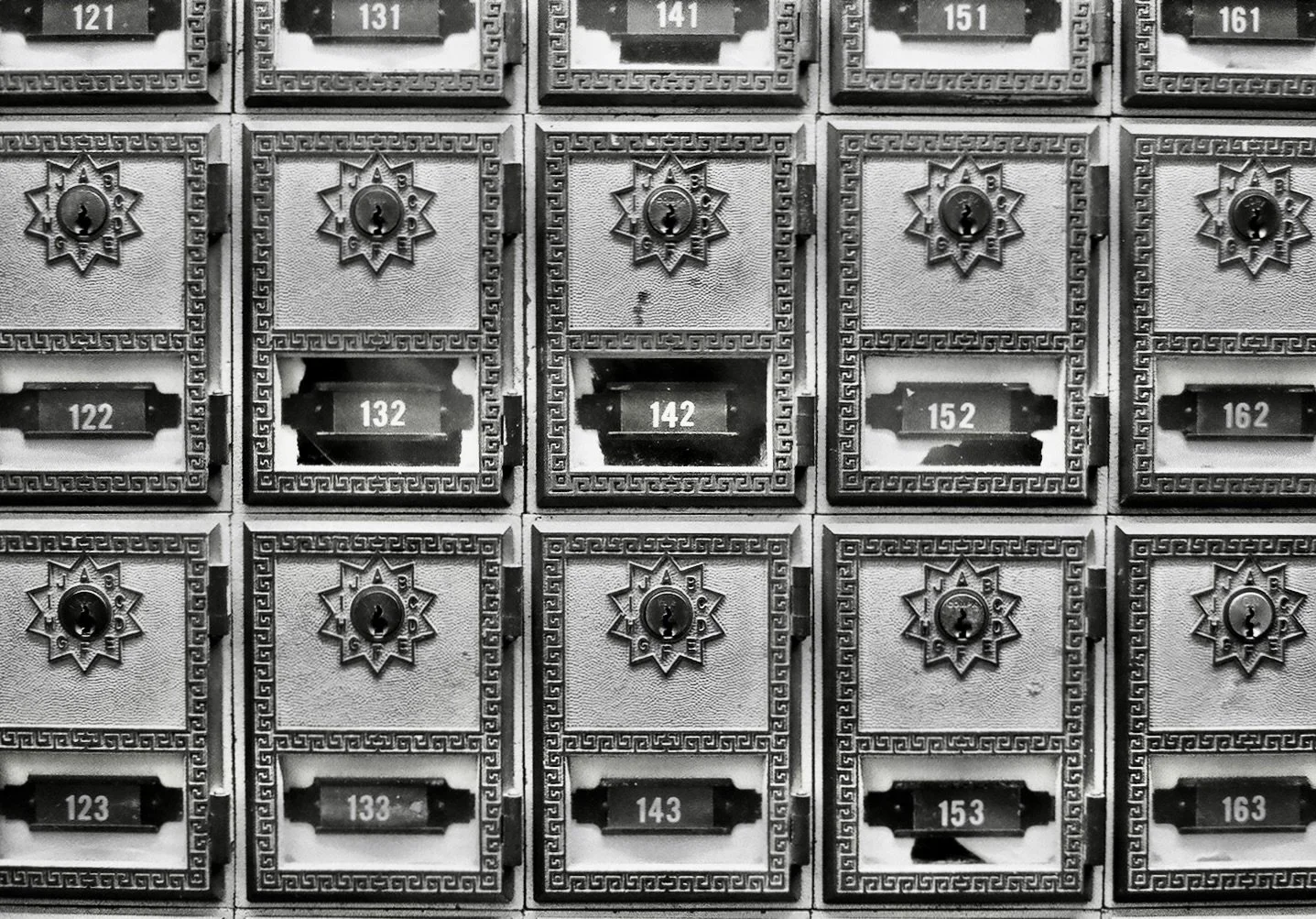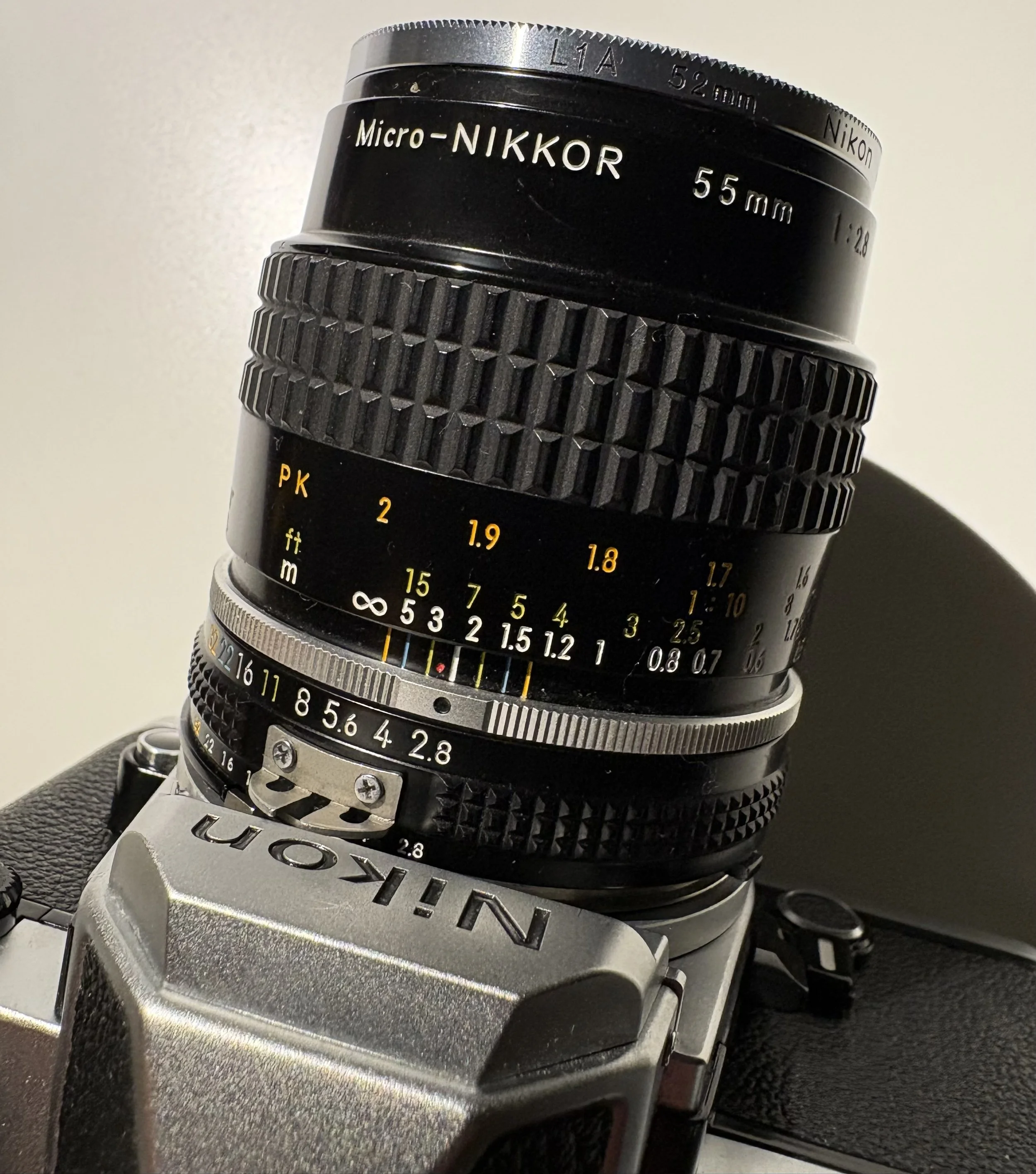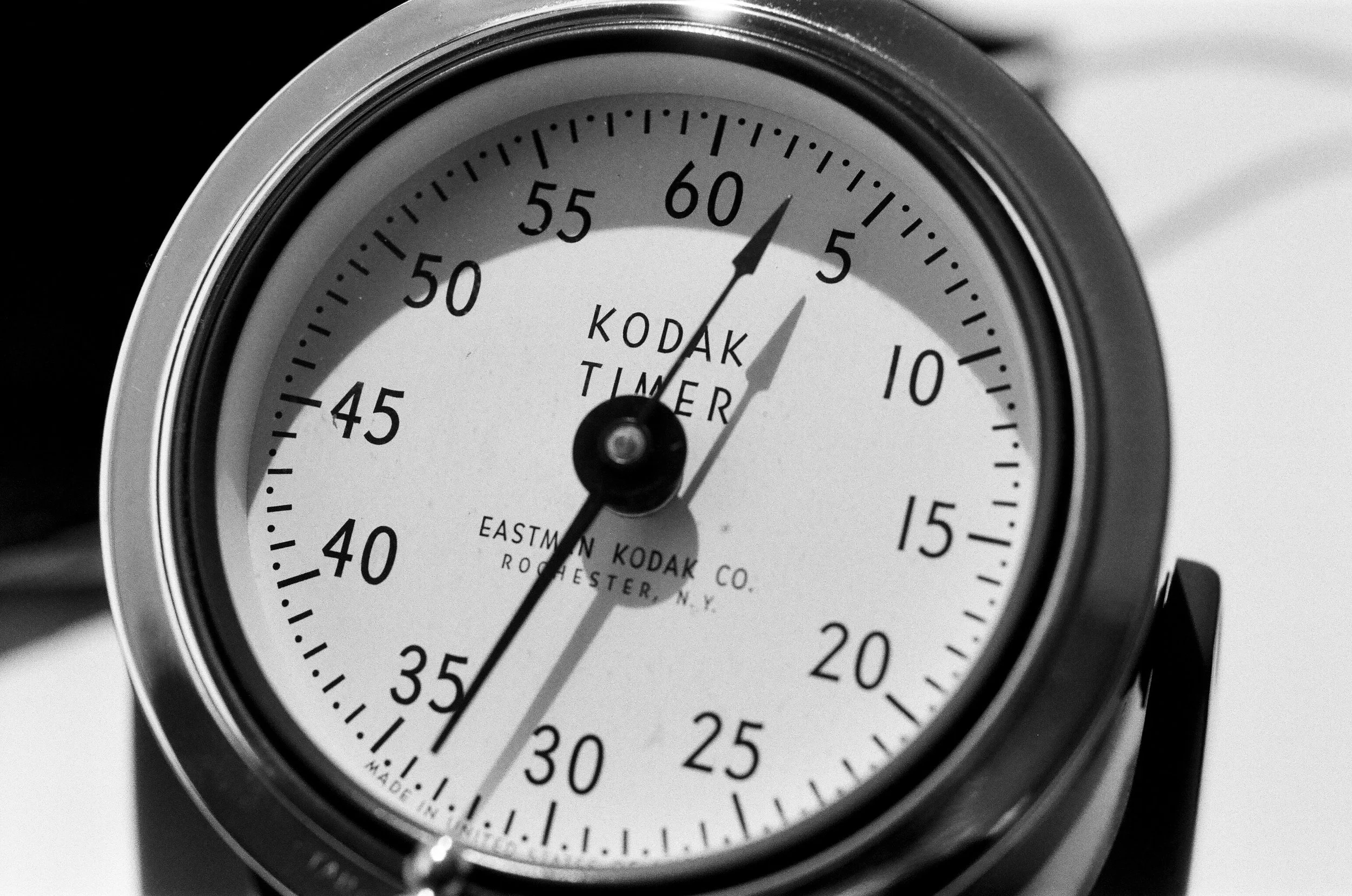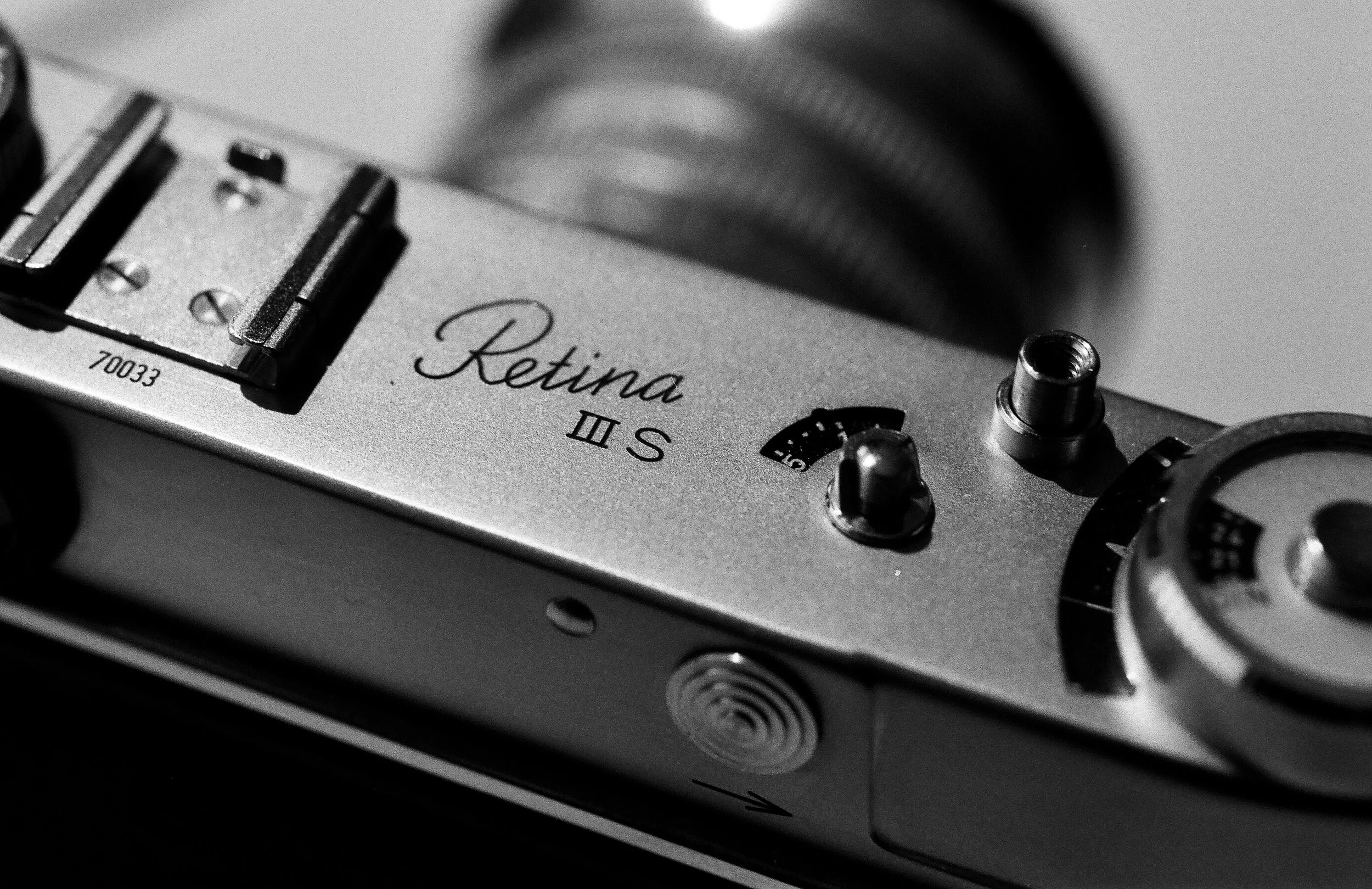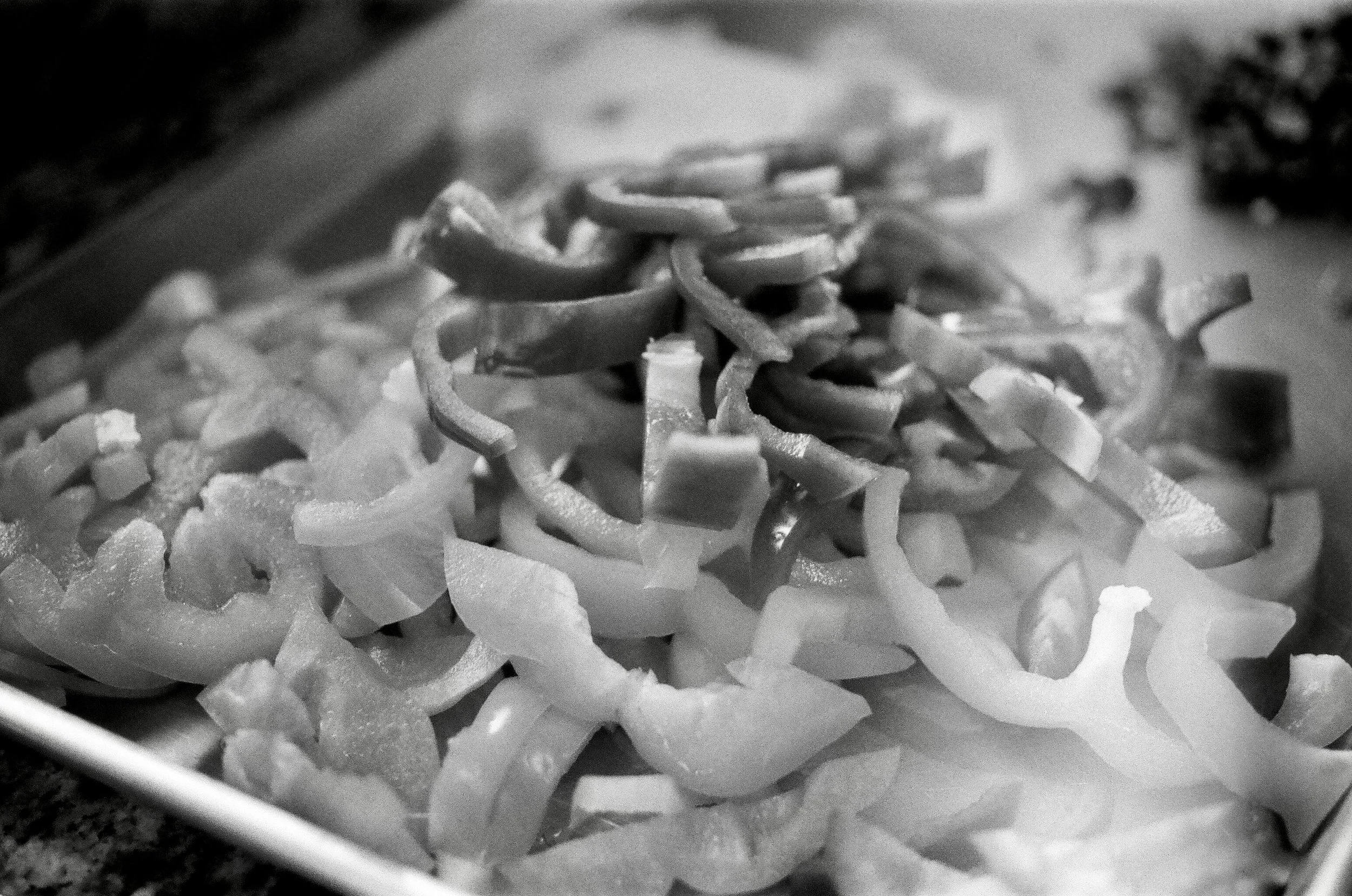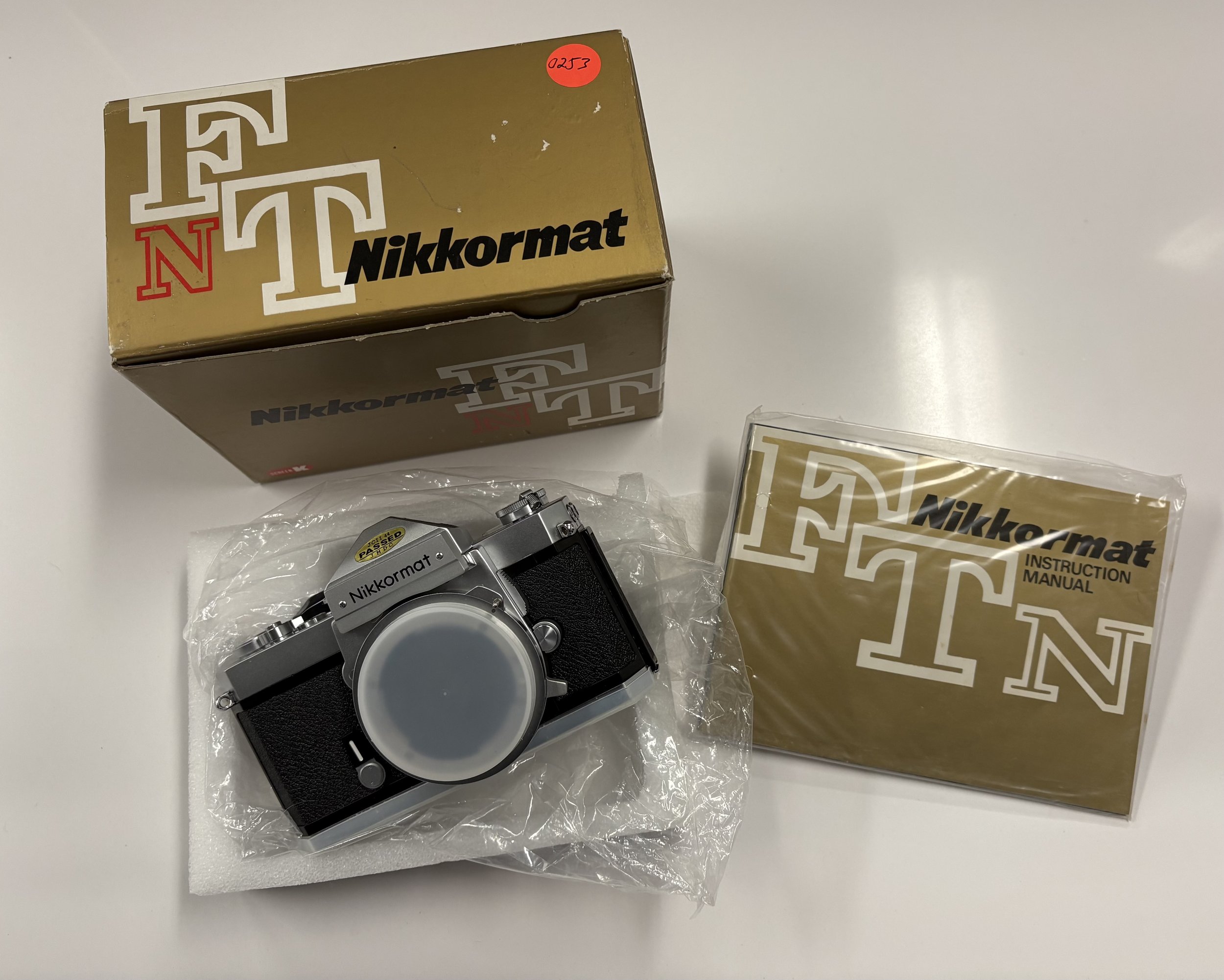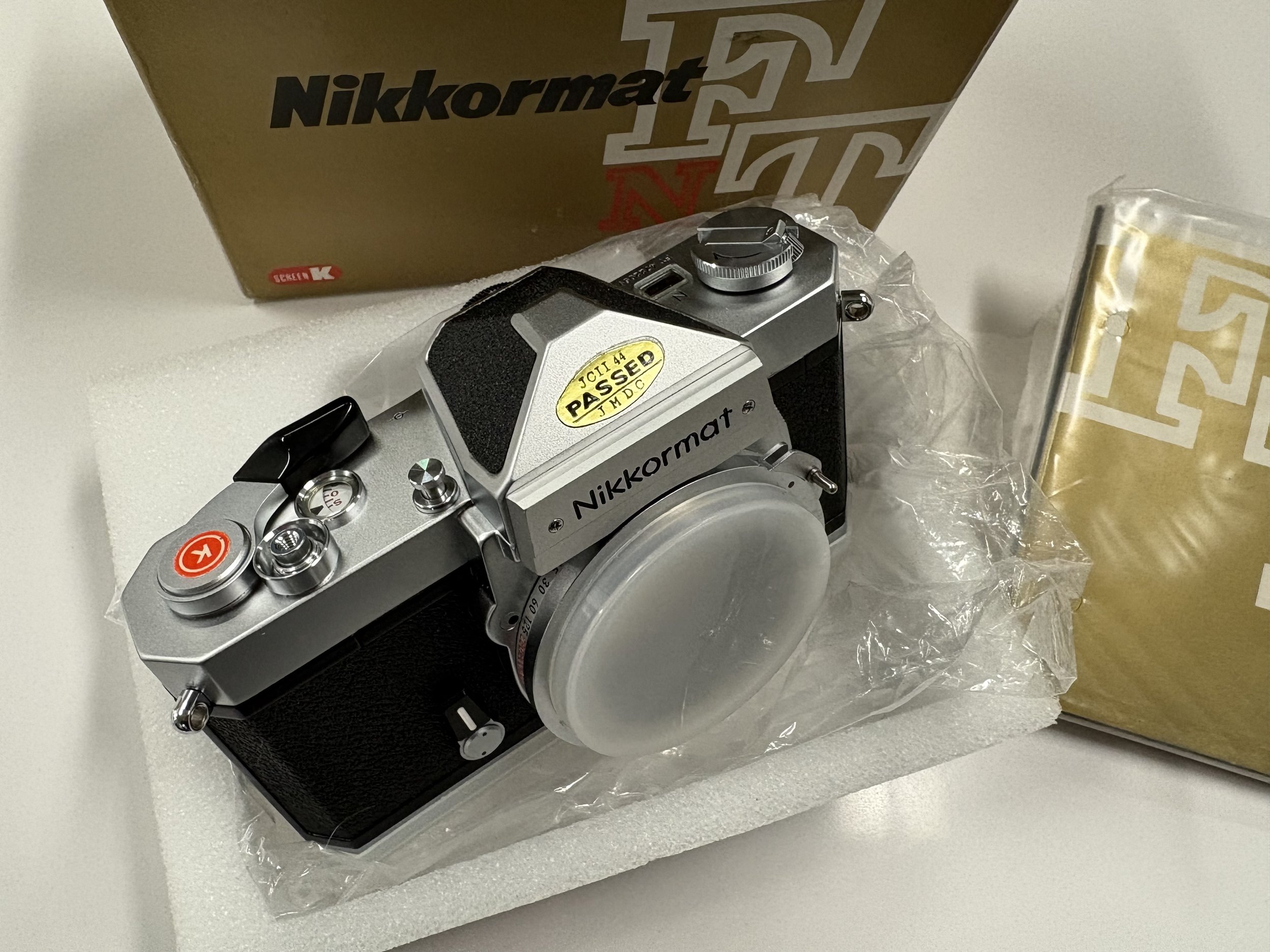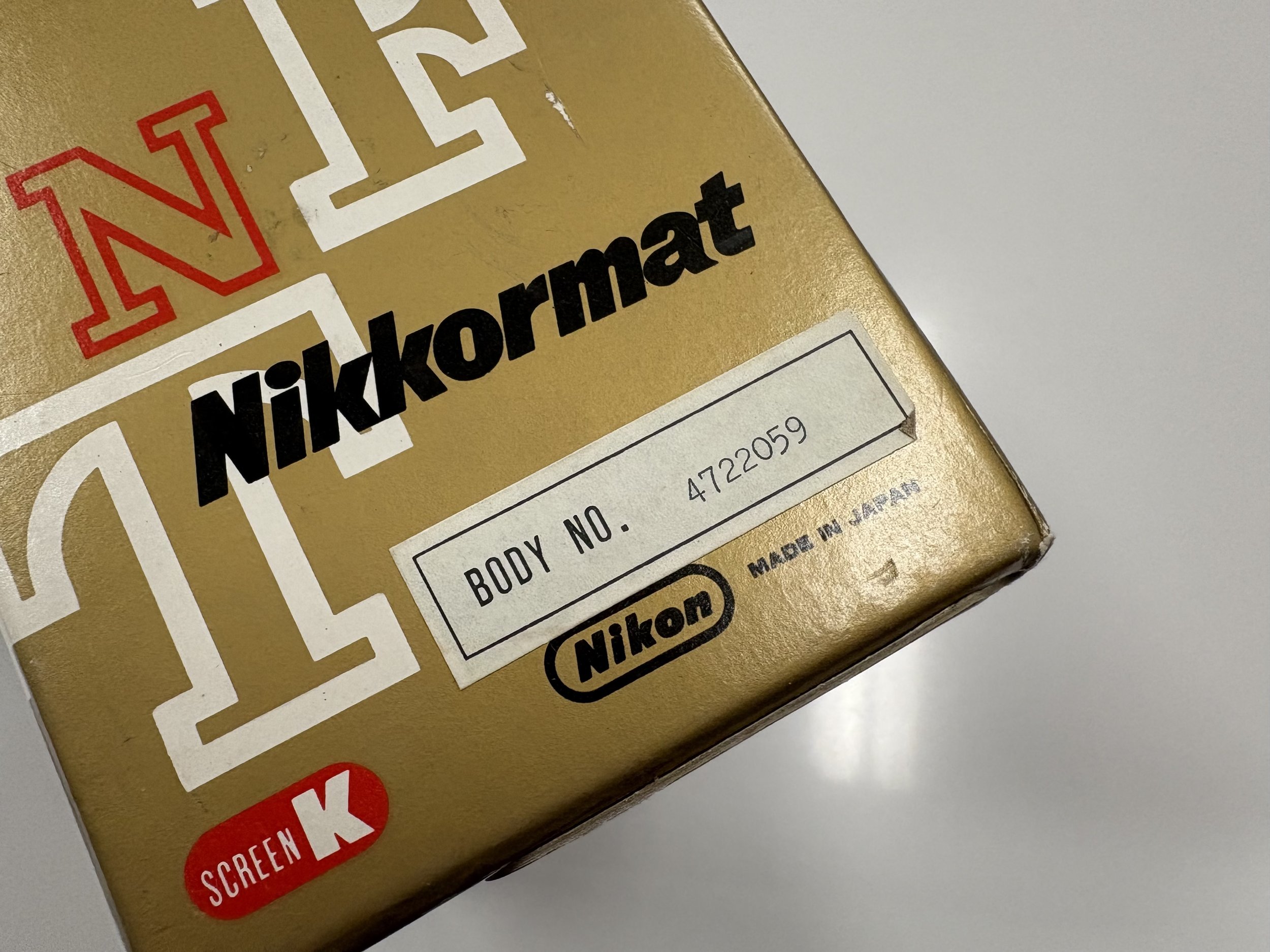I bought another old film camera last week—a Nikon F2. A chrome one with an unmetered DE-1 prism finder. It was not a sensible thing to do. I have plenty of film cameras right now and none of them get enough use. The new camera doesn’t do anything special that the other cameras I own can’t do. In fact, it does less because this one doesn’t have a built-in light meter. Even more silly—I already own a chrome Nikon F2 with a DP-11 metered finder.
I told myself when I decided to pull the trigger on this camera that, ever since I sold my unmetered Nikon F, I really missed the minimalistic shooting experience that the F offered. That’s what I told myself. I also told myself that with this camera and the others that I owned, I finally now have all of the photographic tools I need and now I just need to go out and take pictures and become a better photographer. Yeah—I told myself that too.
As hobbies go, acquiring old film cameras and taking pictures with them really isn’t all that expensive. I have a pilot’s license and I used to own a small plane. That was an expensive hobby. Many years ago, I learned to ride a horse and after I got good enough, bought a horse, a saddle, boarded that horse and paid vet bills. That was expensive. As hobbies go, I tell myself, photography isn’t that expensive.
I am a frugal, practical person and each time I buy another old camera, I find the need to roll these things around in my head, justifying — to myself —the extravagance of yet another Nikon.
So why, after all these years of photography, am I still buying more cameras? I suppose it’s the hunt, the discovery, the anticipation before delivery and the unboxing. Holding my breath to see if the actual item is as good as the picture that the seller posted. Whether I am buying from eBay or from one of my trusted online retailers, I get a feeling in my gut about a camera and 99% of the time, my gut is right. But there’s still that moment, as I unwind the last bit of bubble wrap, when I wonder if I am going to be exhilarated or disappointed. There’s nothing quite like the satisfaction of holding a new-to-me camera in my hands for the first time, feeling satisfied with my purchase.
Another reason I keep buying old cameras is that I just love these old machines, built during a time when taking a photograph was a slower, thoughtful, more tactile experience. Using a machine built 50 years ago to make an image in 2025 is just plain exciting to me.
Lastly, the analog photography hobby is somewhat self-sustaining. Outside of the cameras I have given away to good friends or sold to them at or below cost, I have always been able to make a little money or at least break even when it’s time to part with one of my old cameras. The sale of one camera funds the purchase of another.
So that’s why I’m still buying cameras. Or as the Paul Simon song goes…”Still Crazy After All These Years.”



